My desire to see the solar eclipse had nothing to do with my interest in photography. I will admit, however, that the prospect of photographing such a rare event certainly enhanced my desire to see it.
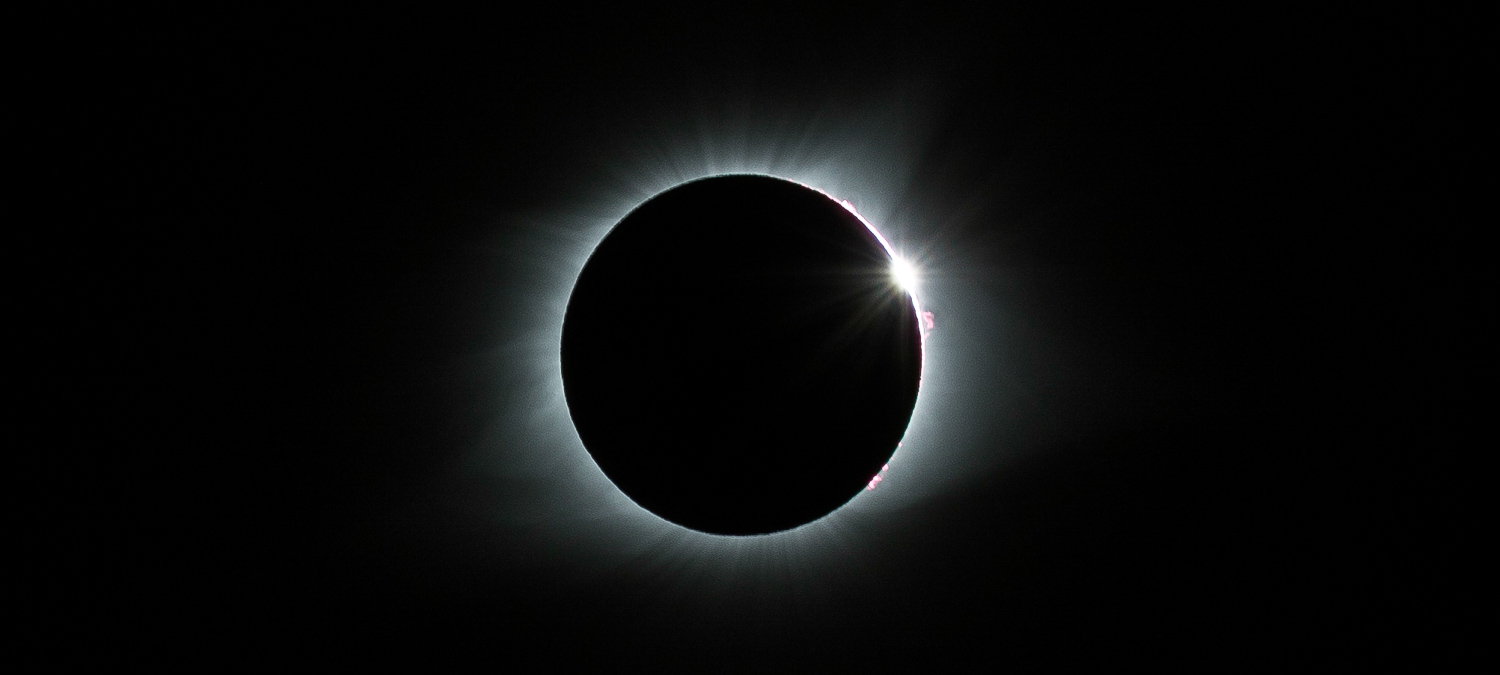
The closest place to Madison where the eclipse would be total appeared to be near St. Louis. I didn’t want to be in a large metropolitan area so I looked on a map and found a small town I’d never heard of, Carbondale, IL, about 400 miles due south. I doubted many people would go to this unknown place, so I reserved a motel room. The week before the eclipse, however, all I heard on the national news was Carbondale, Carbondale, Carbondale! Totality would be longest in Carbondale, IL!
Due to all the publicity, I feared I might not find a good place from which to view the eclipse when I got there. A discussion with Google turned up some suggestions, including Brehm Preparatory School, a not-for-profit school for students with learning disabilities. They would probably put my parking fee to good use. I called and found out that they were not only renting spaces in their parking lot, but they also had a grassy area on a hill where photographers could set up their equipment. Parking lot or grass-covered hill. Boy, that was a tough choice!
We arrived at the grassy hill at about 8:30 AM. With the help of my experienced crew, we soon had the equipment set up and ready to go. Several other photographers were already there and a few more arrived later. Much to my surprise, however, only about a dozen or so photographers showed up. There was plenty of room and there was plenty of time to wait. I took some test shots to confirm that I would be bracketing some reasonable exposures. I was curious to see if the sunspots that I noticed in my test shots from Madison on Saturday, 8/19, would still be present. They were and a couple new spots were also visible.
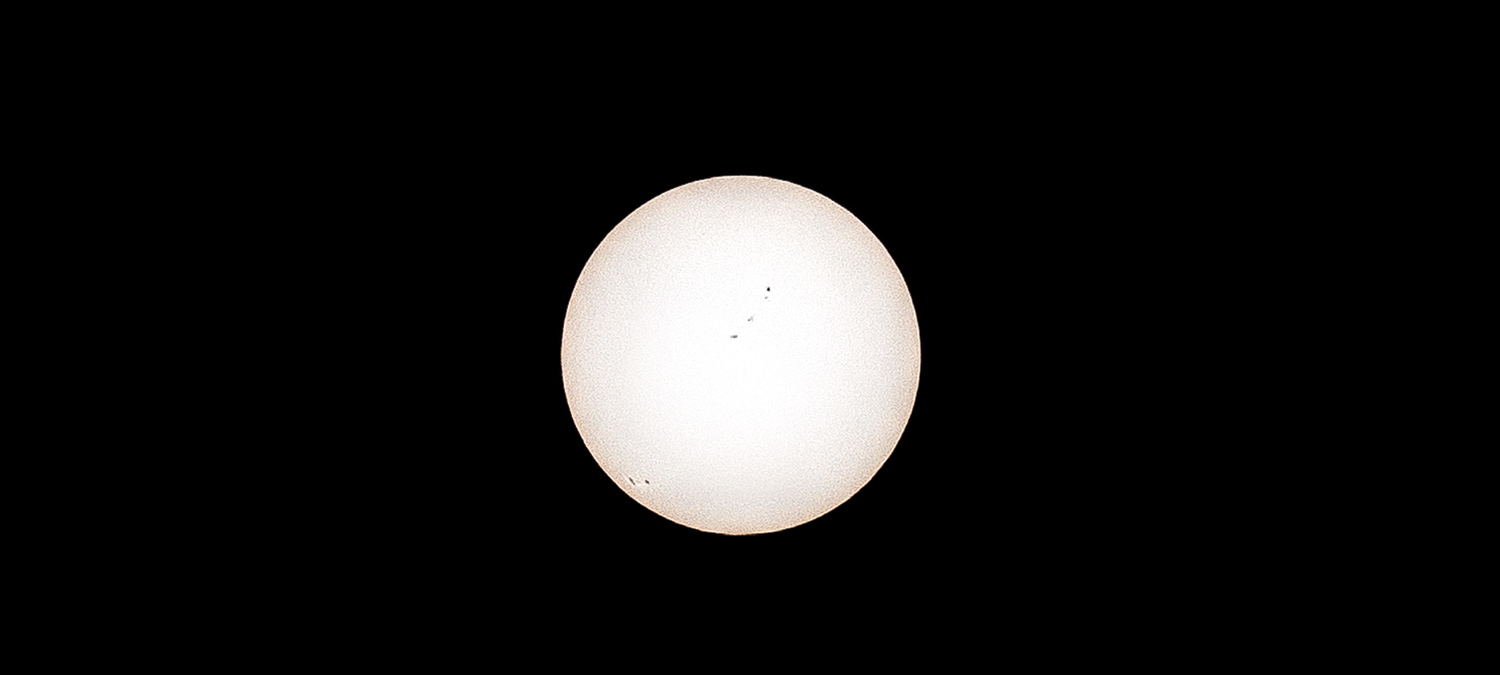
The eclipse was to start at 11:52 AM. I was watching in live view on the back of my camera with only 280 mm of glass (200 mm with 1.4x). I’m not sure how much the magnification was helped by my squinting, but my first shot of the moon kissing the sun was at 11:55. It was quite exciting to witness the start of this event.
I didn’t want to be OC about taking pictures, so I pointed my IR shutter release at the camera whenever I felt like it and occasionally adjusted the ball-head on my tripod to compensate for the movement of the grassy hill atop our rotating planet. We didn’t stare at the eclipse continuously, so we also had time for other eclipse-related activities. Most people know about using a pinhole device to observe a solar eclipse. Having gotten an “A” in Eclipsology 101, I knew that you could also use more exotic equipment like colanders, slotted spoons, or Ritz crackers. If you have no supplies at all, you can use your hands to create a variation of a “pinhole” concept. Other photographers on the hill came over to witness our low-tech ways.
If you happen to be near a wooded area, take a walk during a solar eclipse and look for the dappled sunlight. Sure enough, there’s the eclipse!
The day and the eclipse were progressing quite nicely. Then, just like you’d expect to see in a Hollywood movie, a dark cloud started to move in from the west. A short while later it became a darker cloud. Just as totality was approaching, the cloud completely covered the sun. The cloud became totally black as the obscured moon finally covered the sun. We stared for over two minutes. How could this be? Luckily for us, the script continued as it would have in that Hollywood movie and, with only about fifteen seconds left of totality, the fully-eclipsed sun reappeared. A roar went up from people we couldn’t see as everyone was happy to be given even this brief view of totality. Fortunately, I quickly remembered to pull the filter off my lens and take two shots before the sun peeked out again.
The sky soon cleared and remained so for the rest of the afternoon. I probably could flip my pre-totality pictures to create a set of post-totality images, but we stayed until order had been restored to the universe. My wife had a digital thermometer sitting in the shade during the eclipse and noted that the temperature dropped about 14.5 degrees F during the event.
Here’s a summary of the eclipse as I saw it from that grassy hill at Brehm Preparatory School in Carbondale, IL. No photos were flipped!
Later that day, back at our motel, the sun and clouds joined forces again to end the day with a celestial apology.
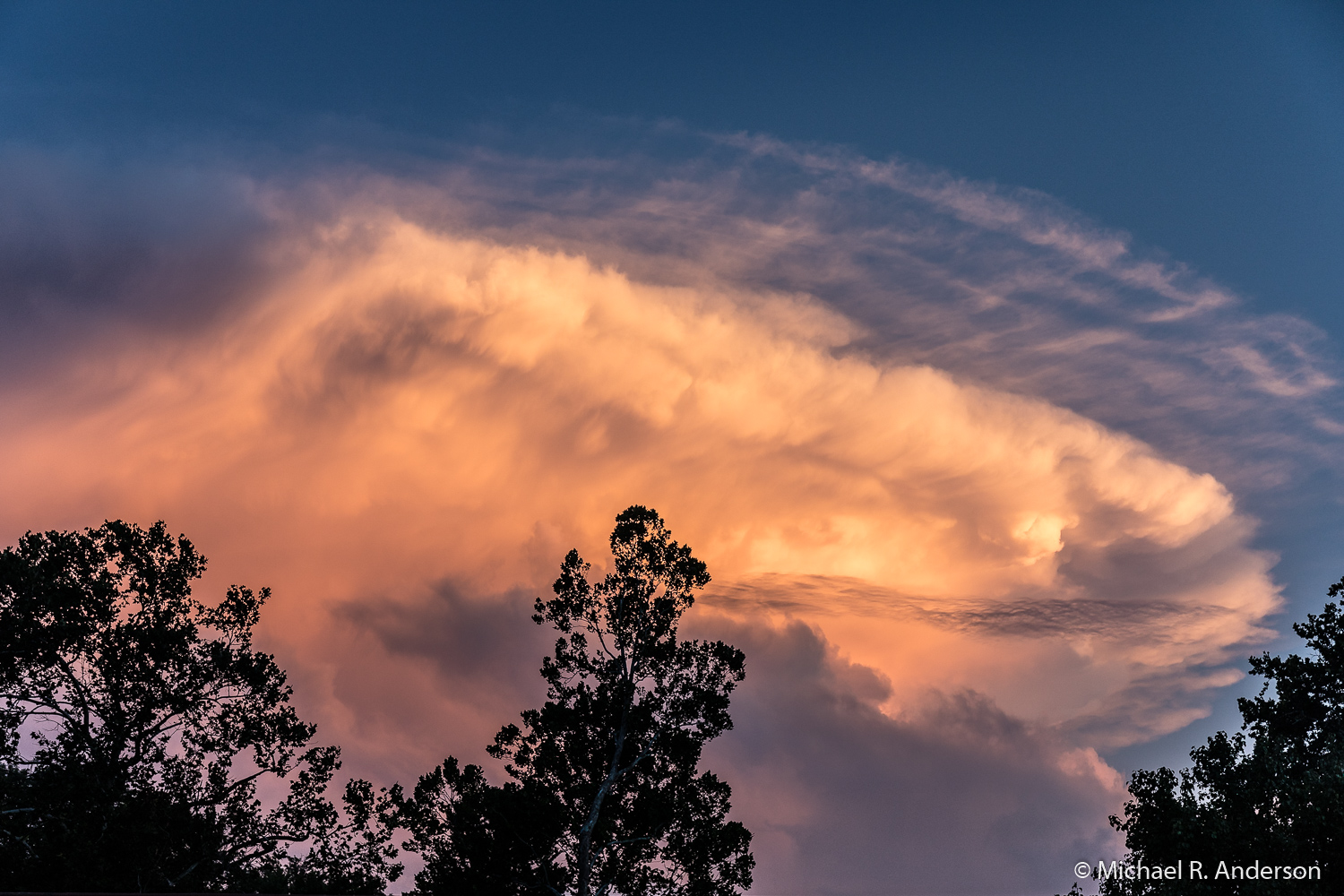
Apology accepted.
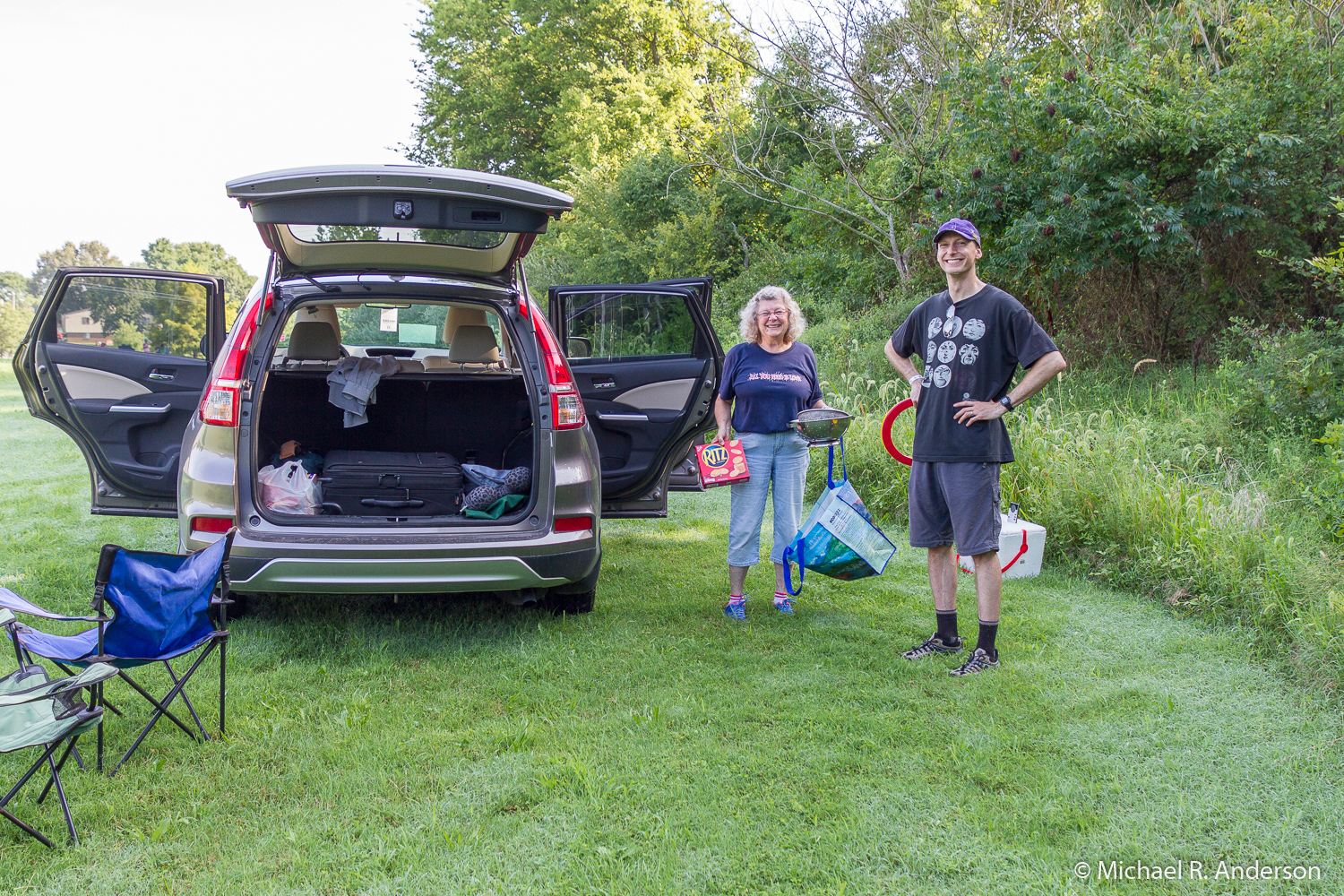
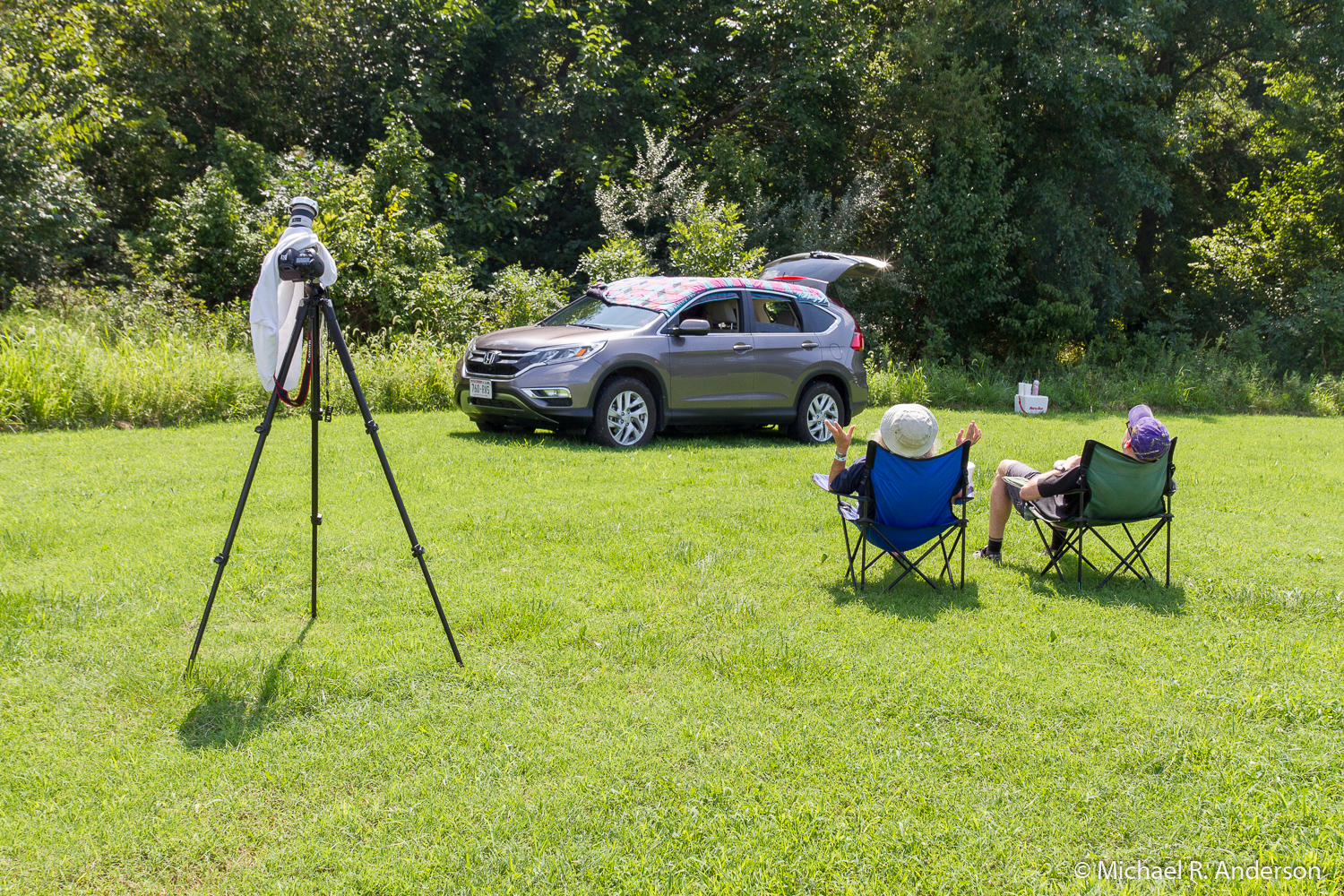
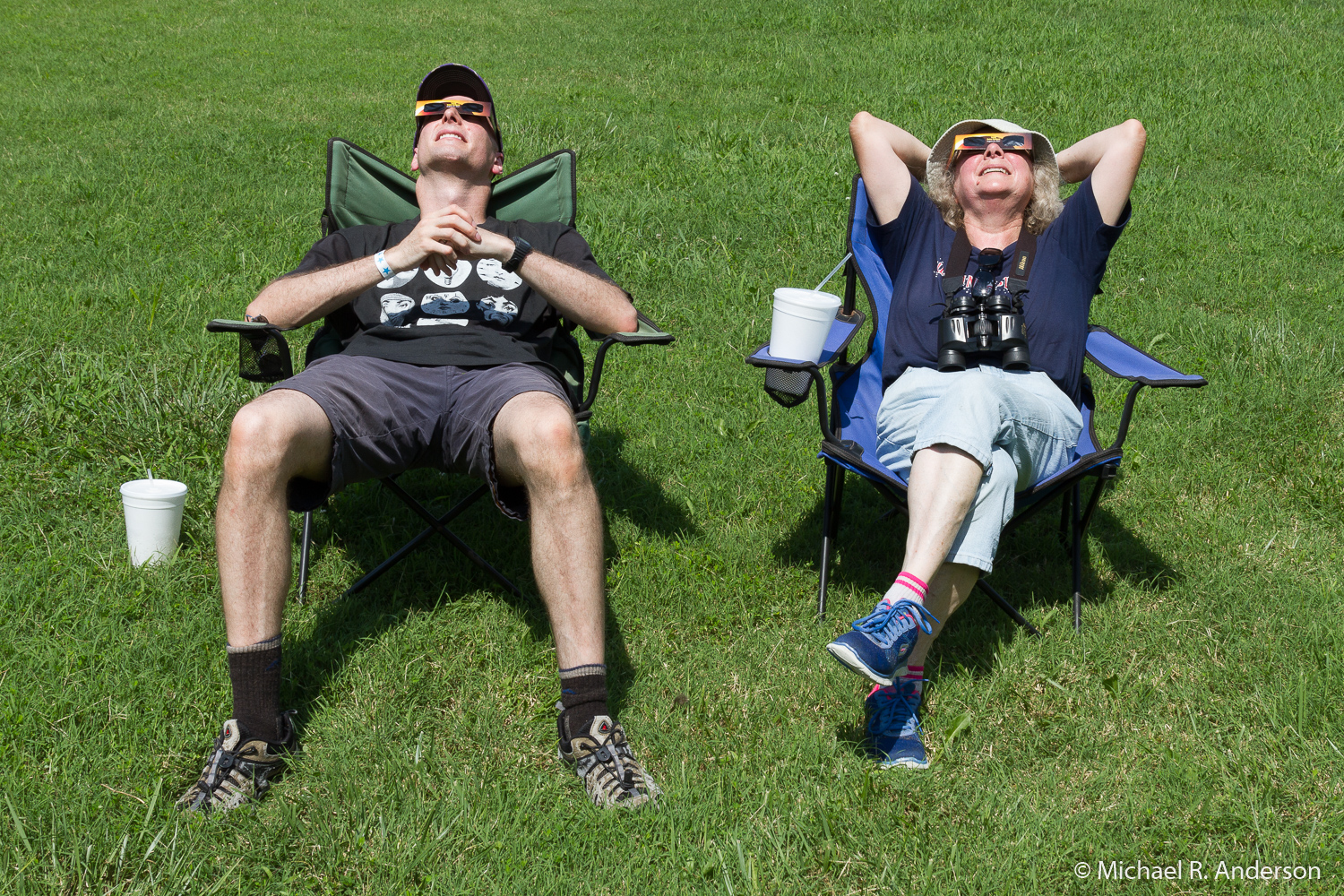
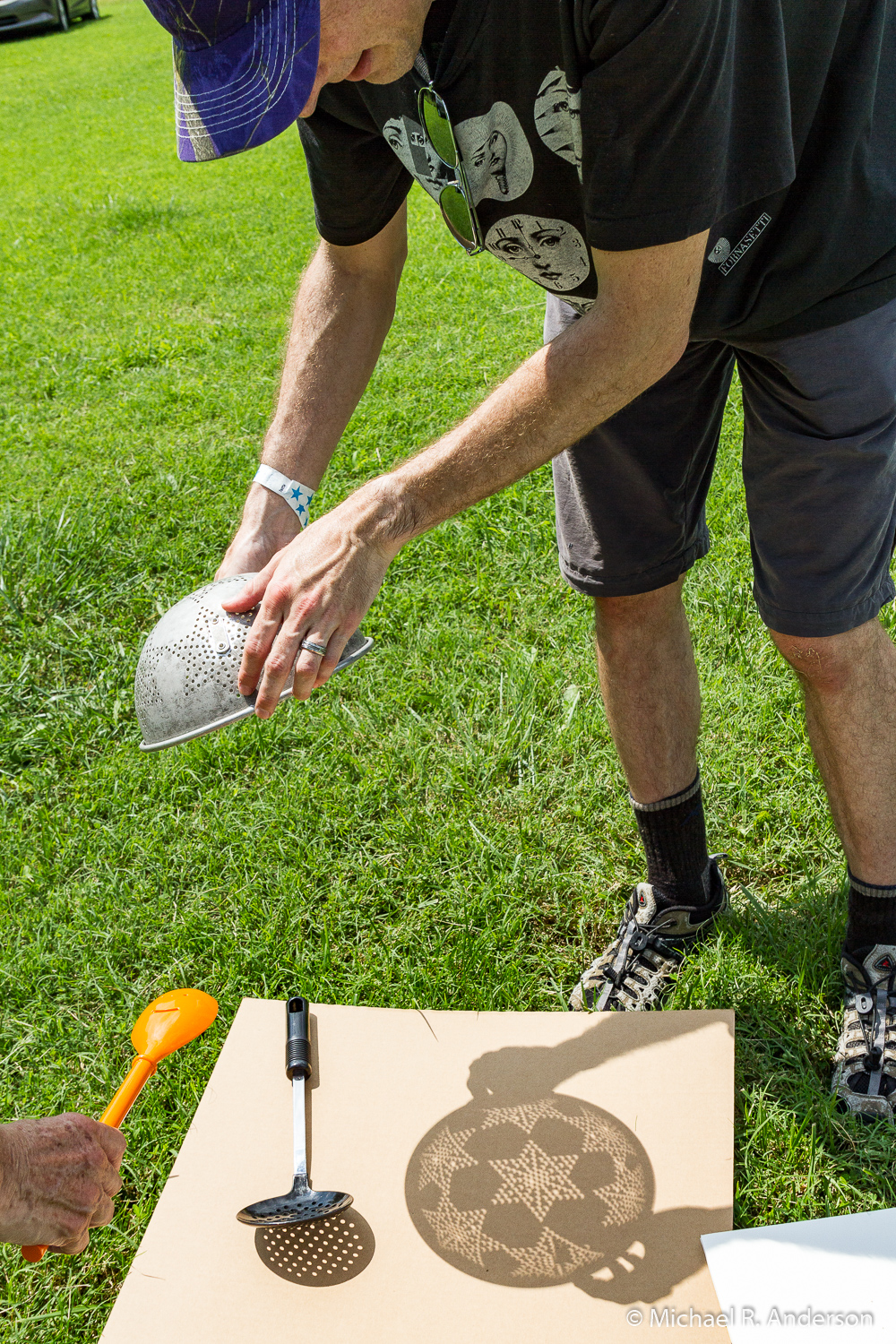
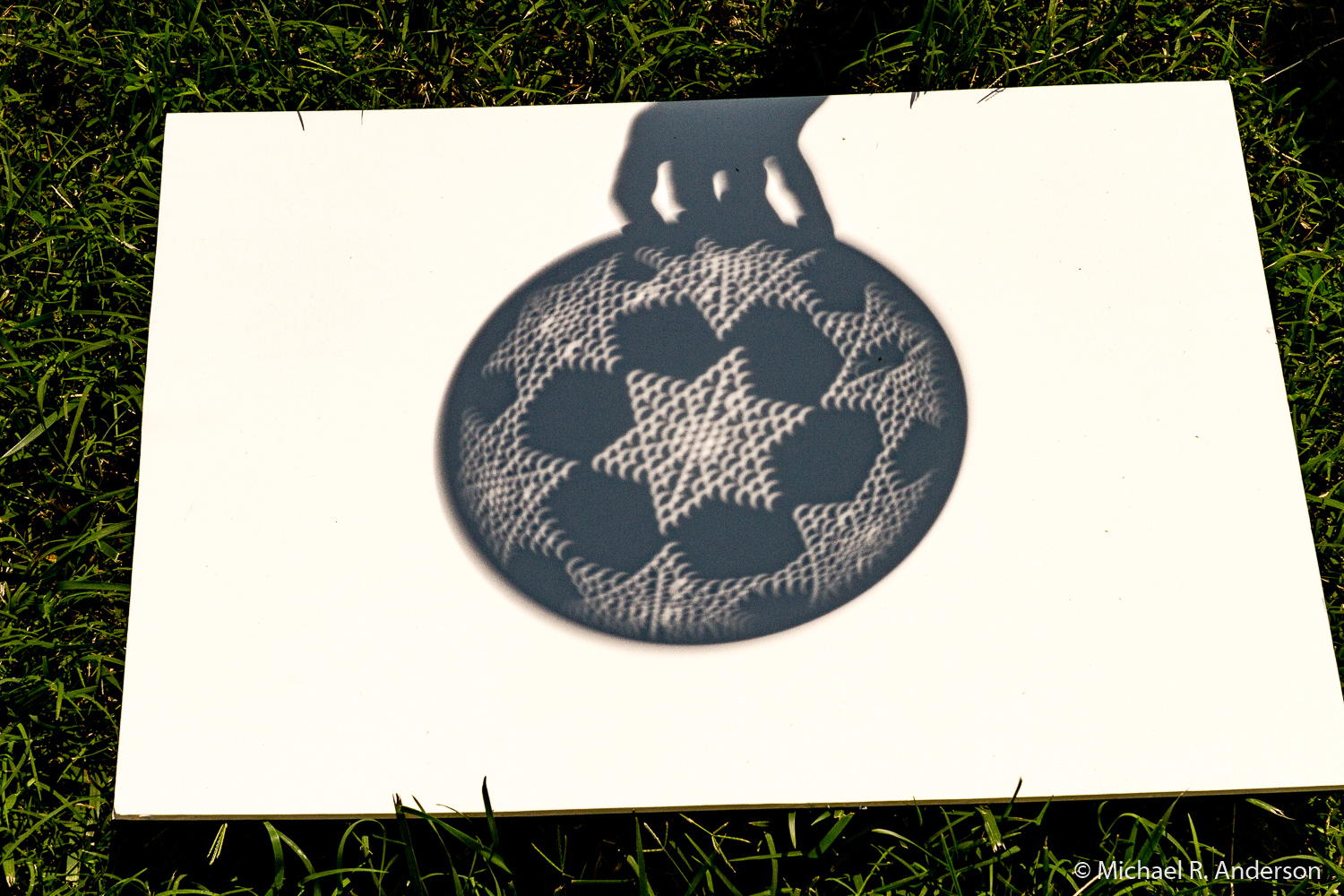
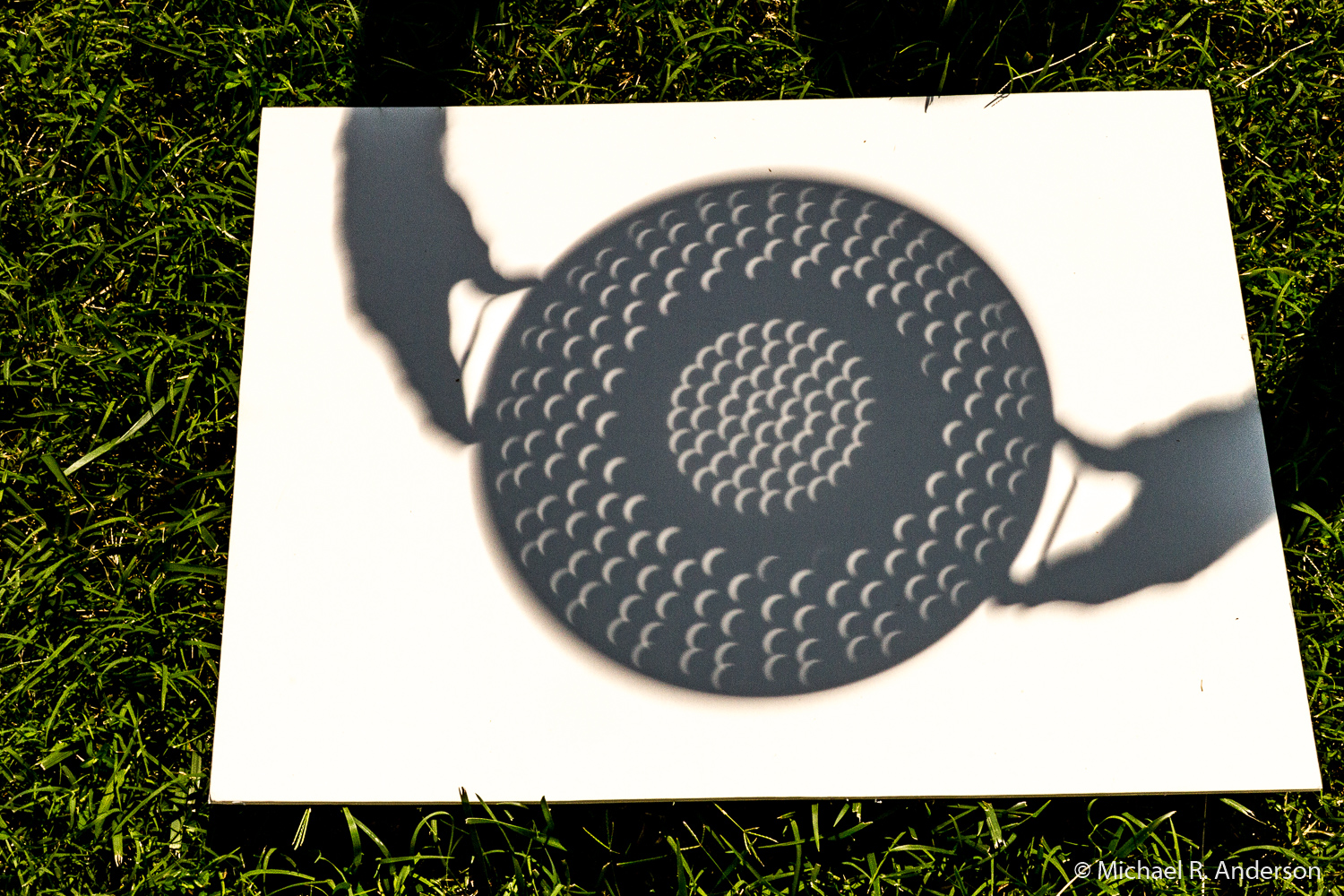
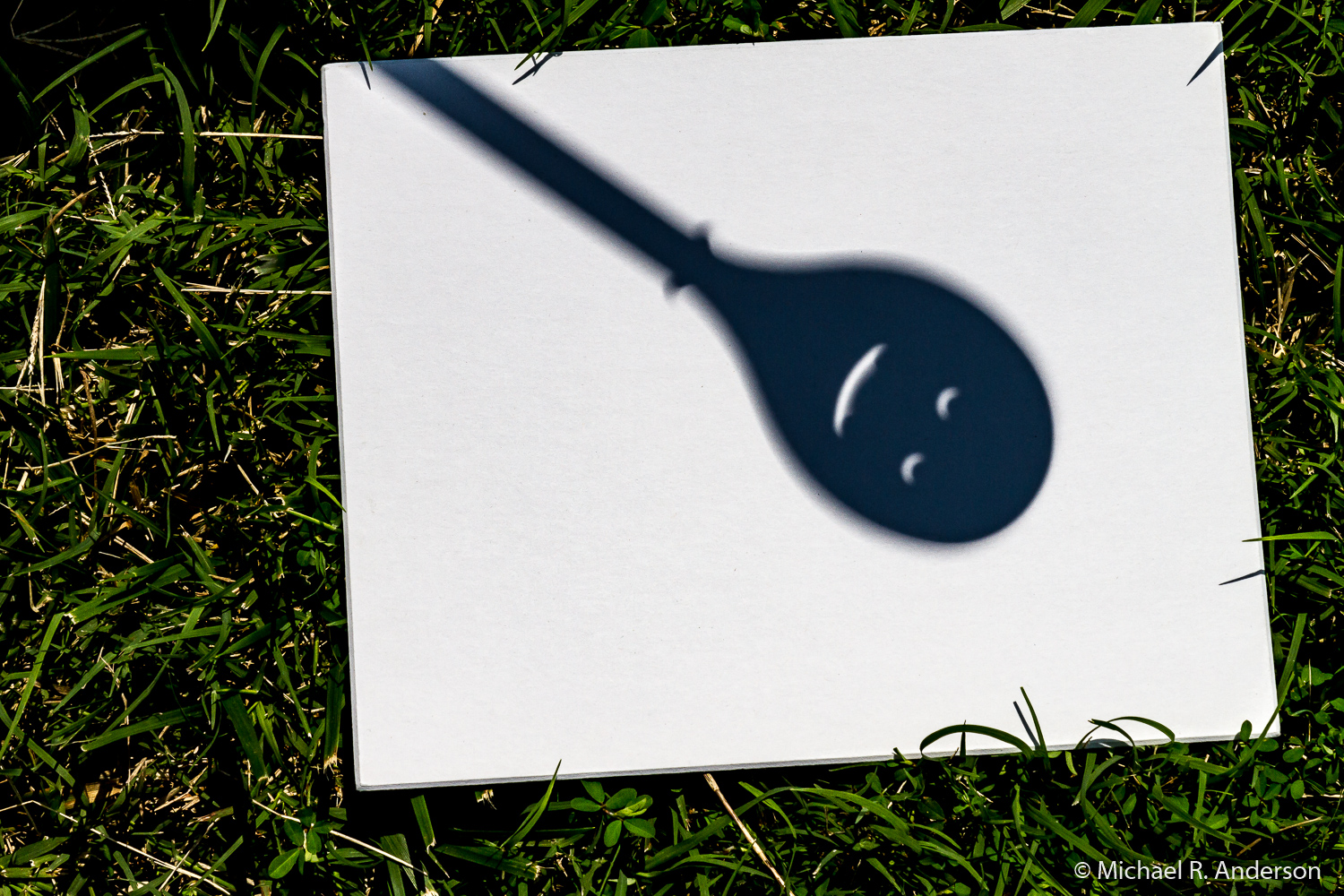
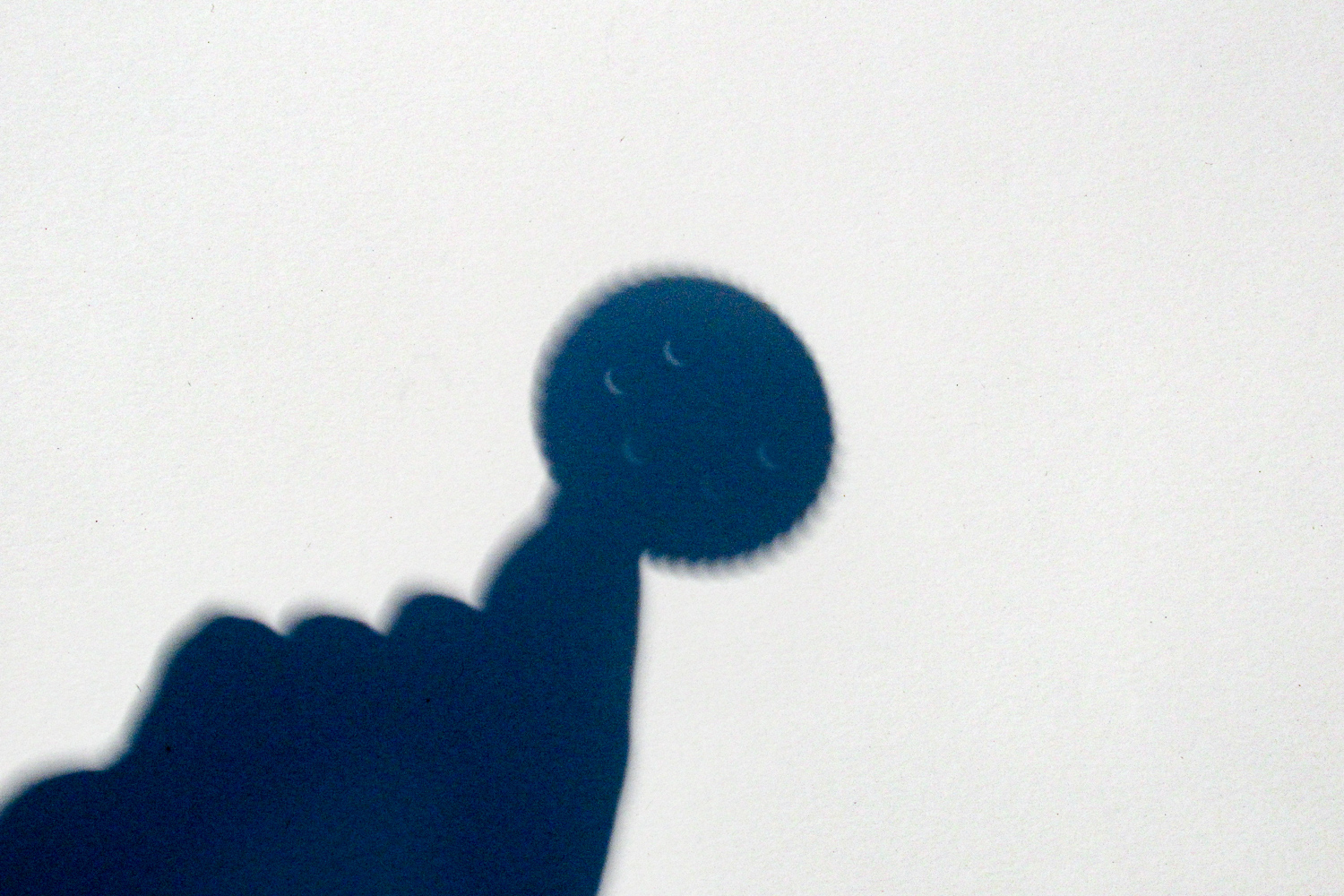
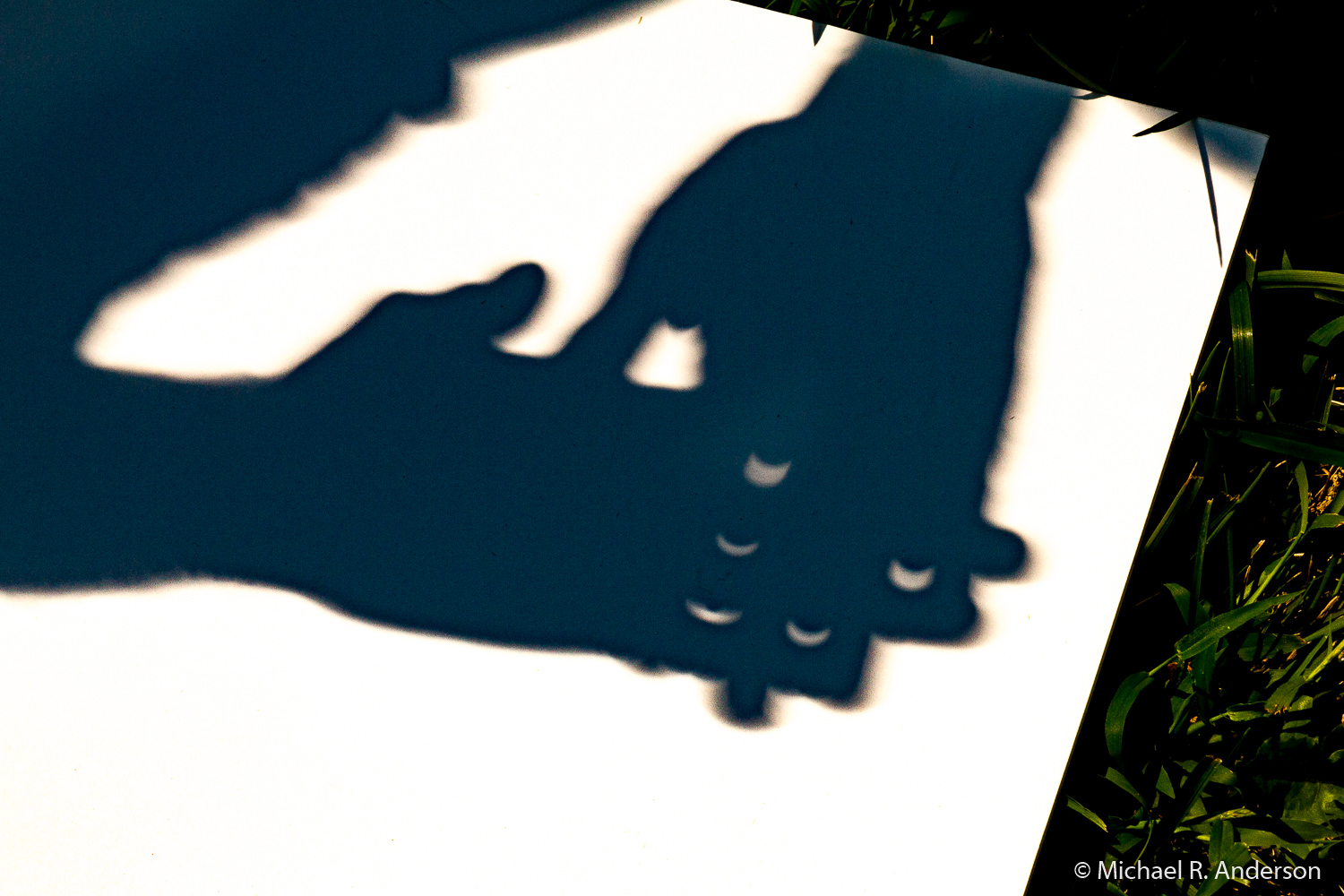
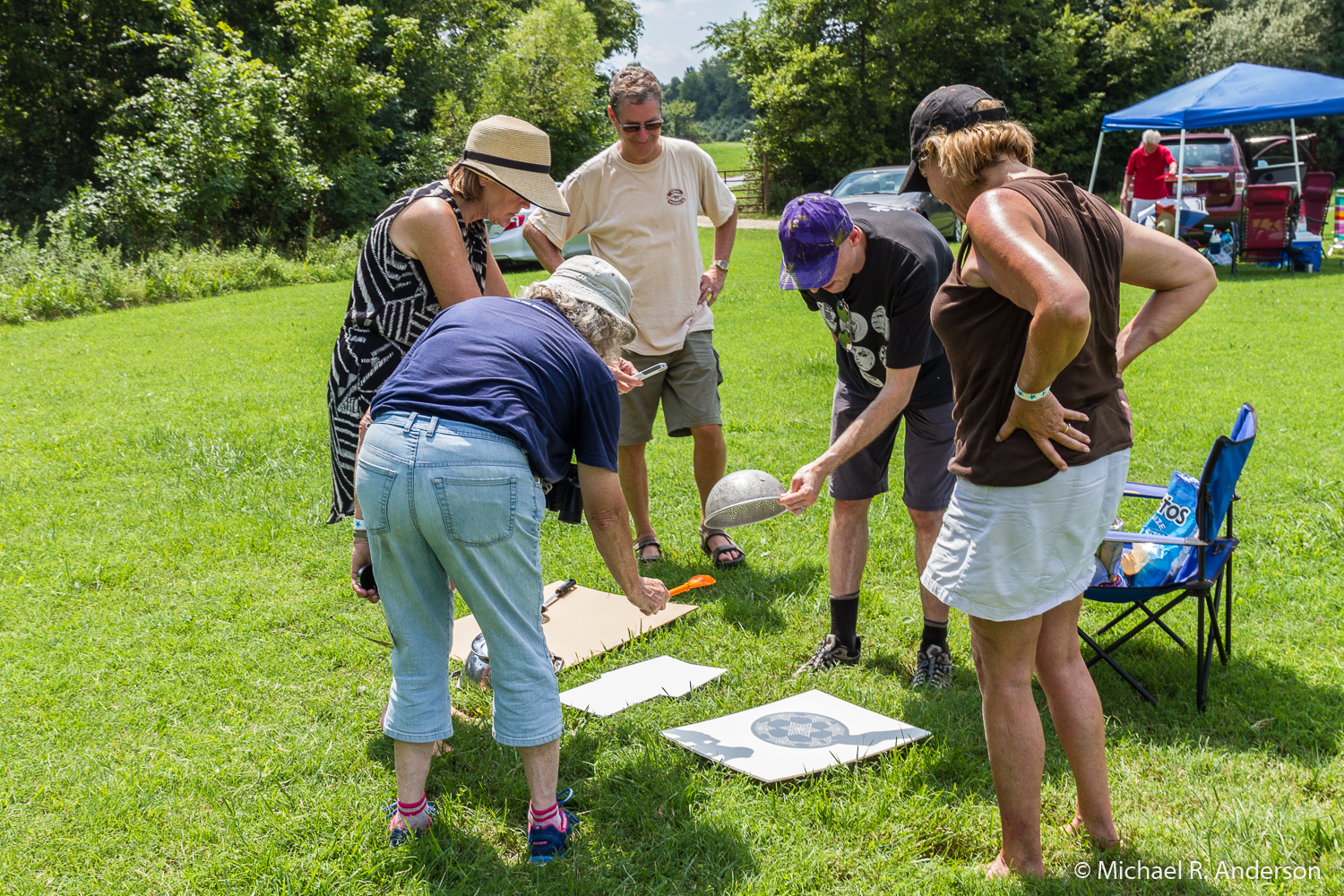
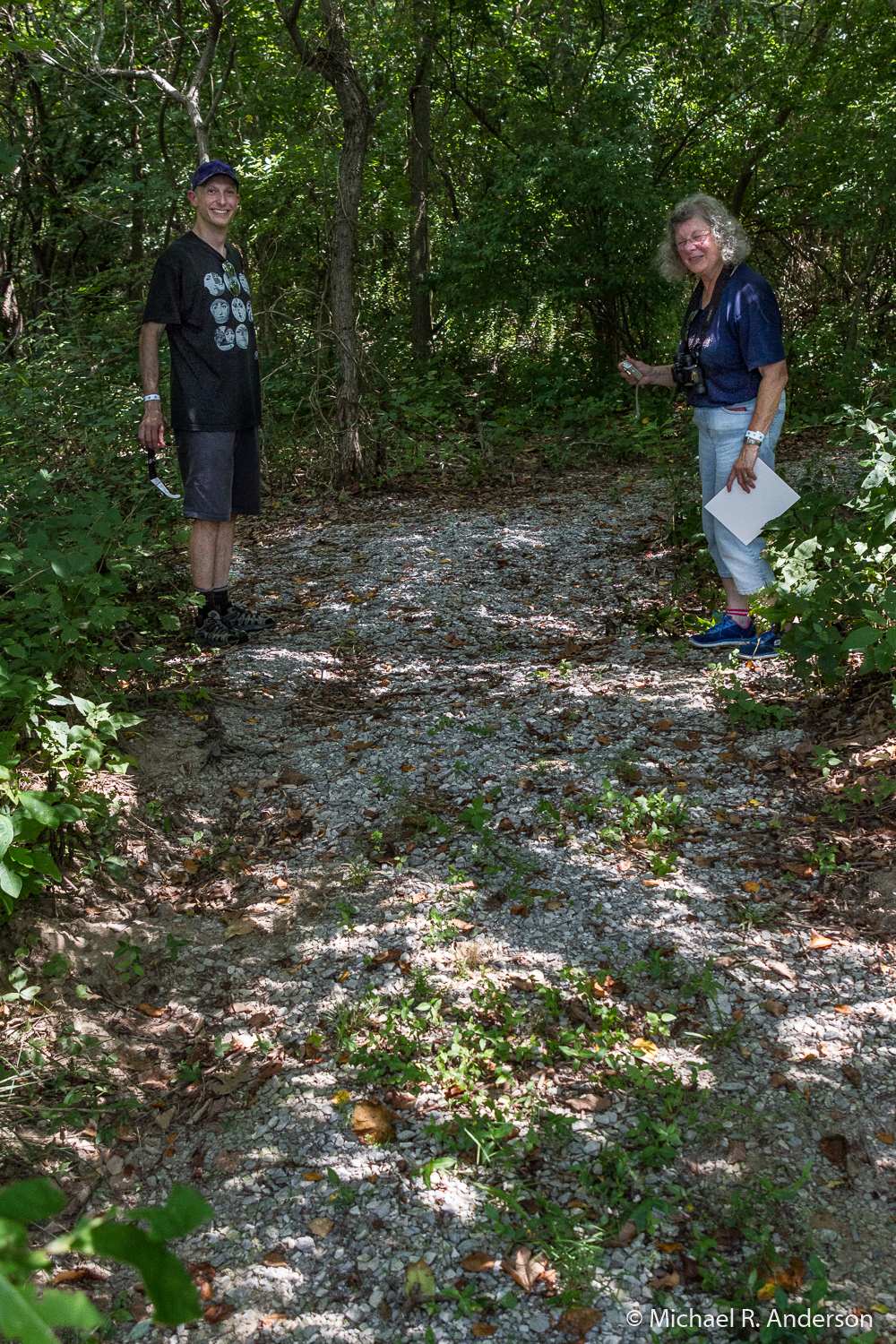
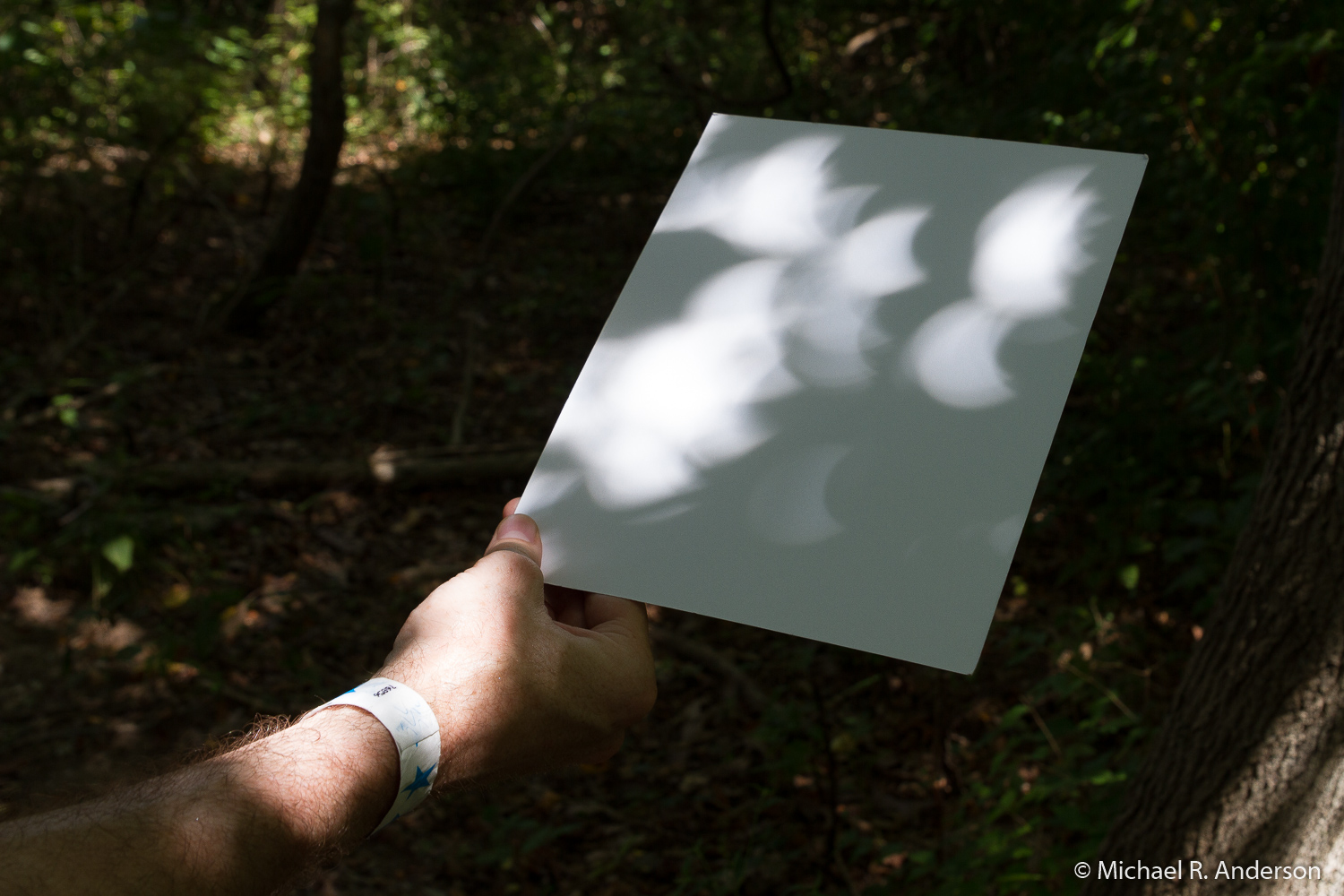
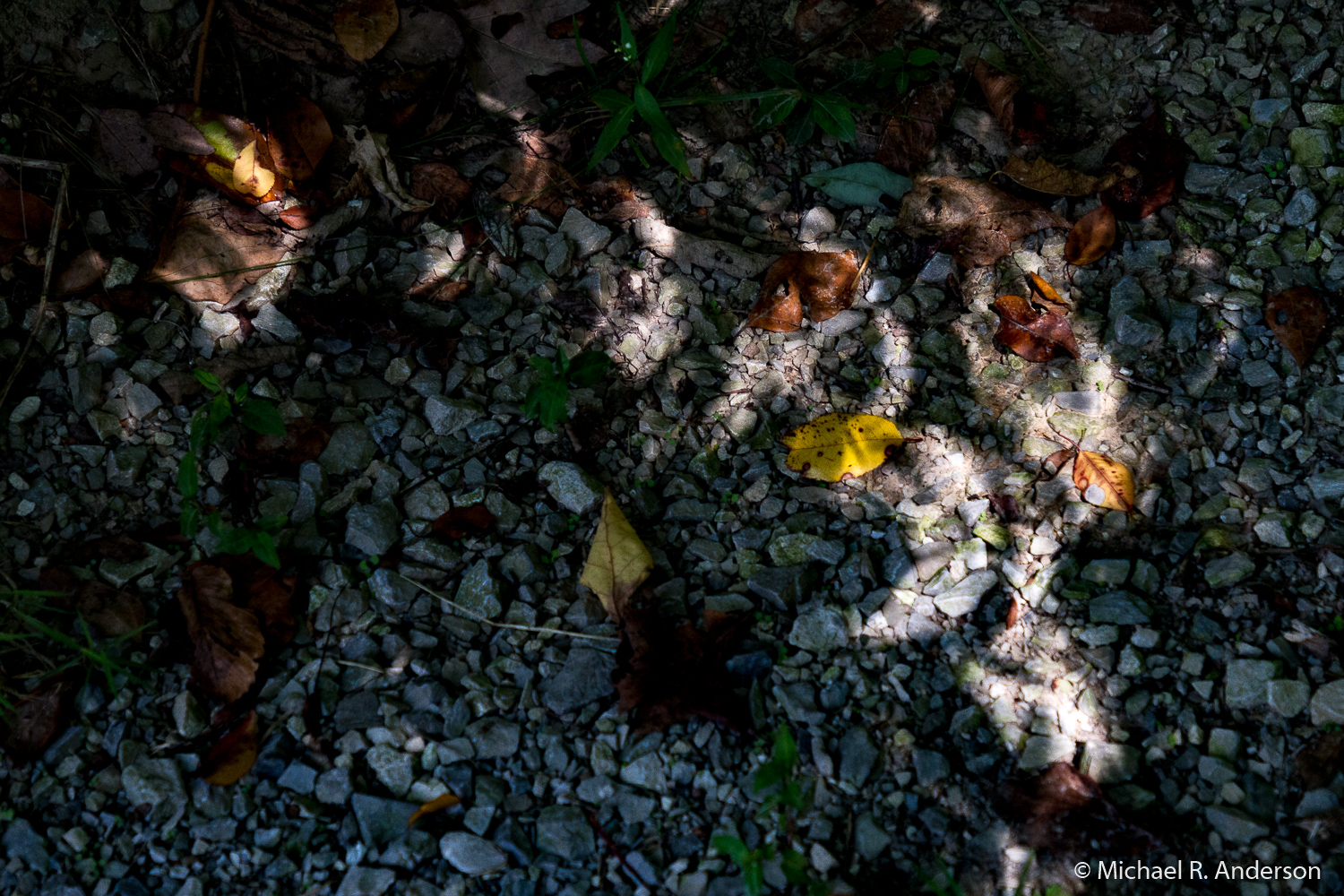
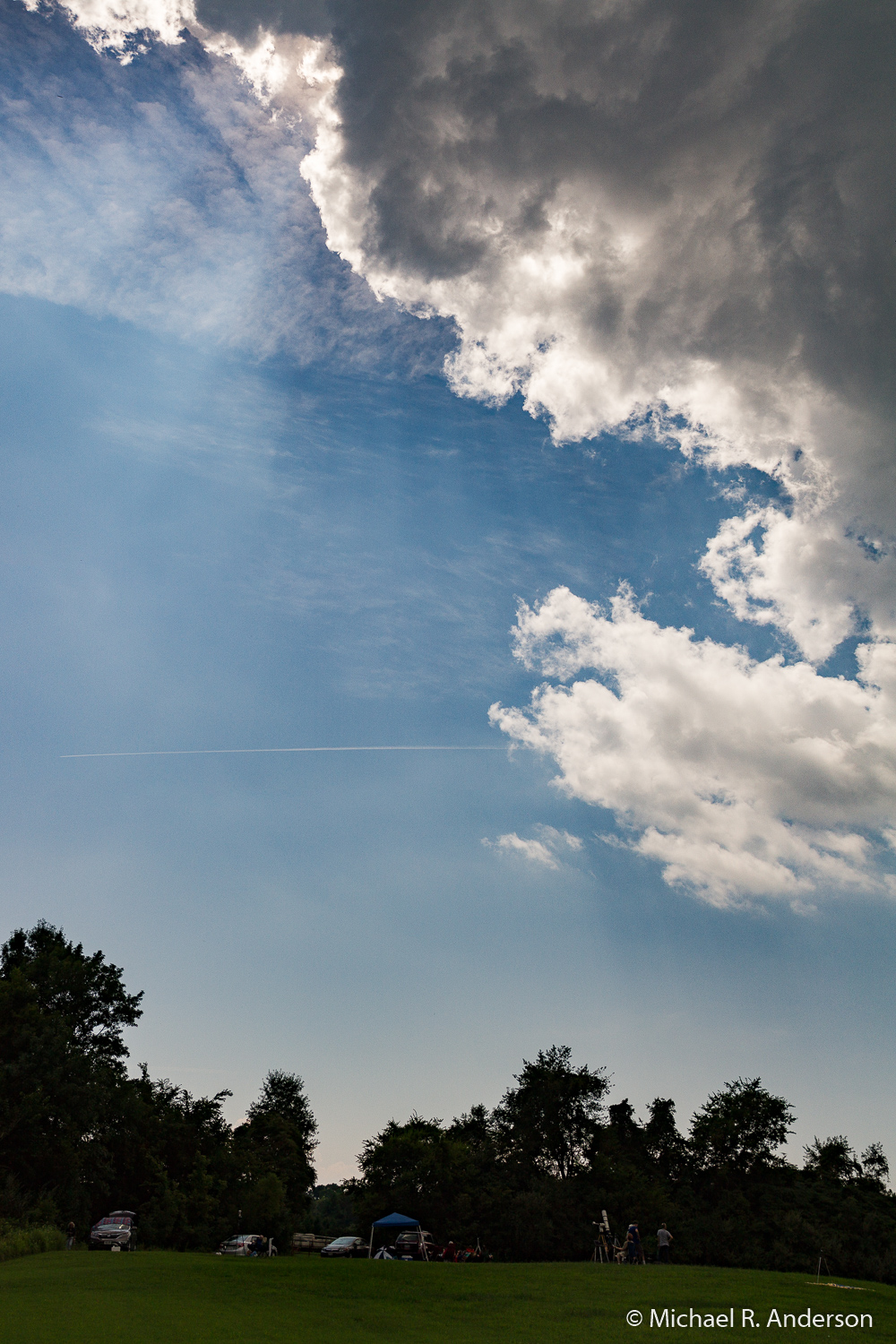
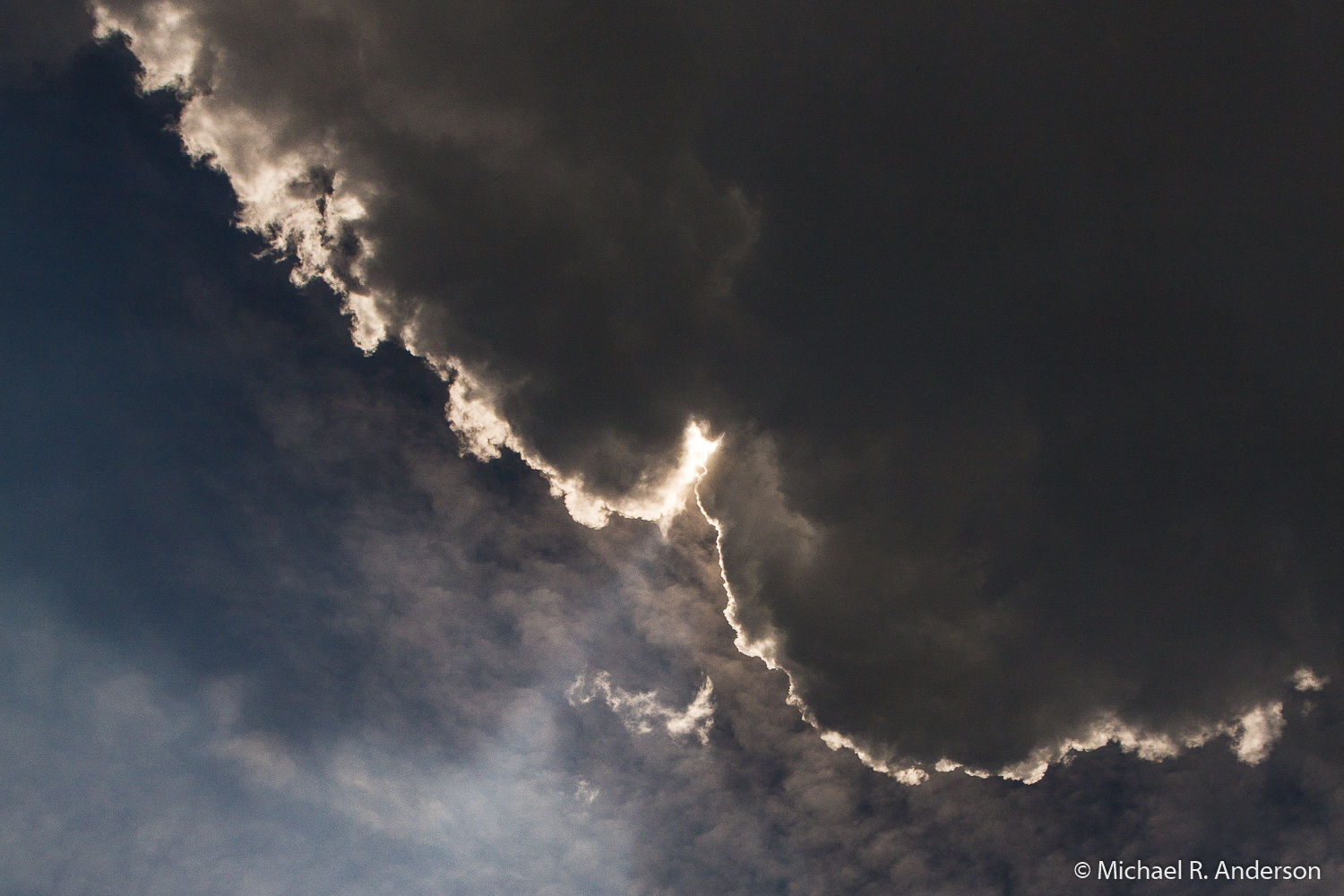
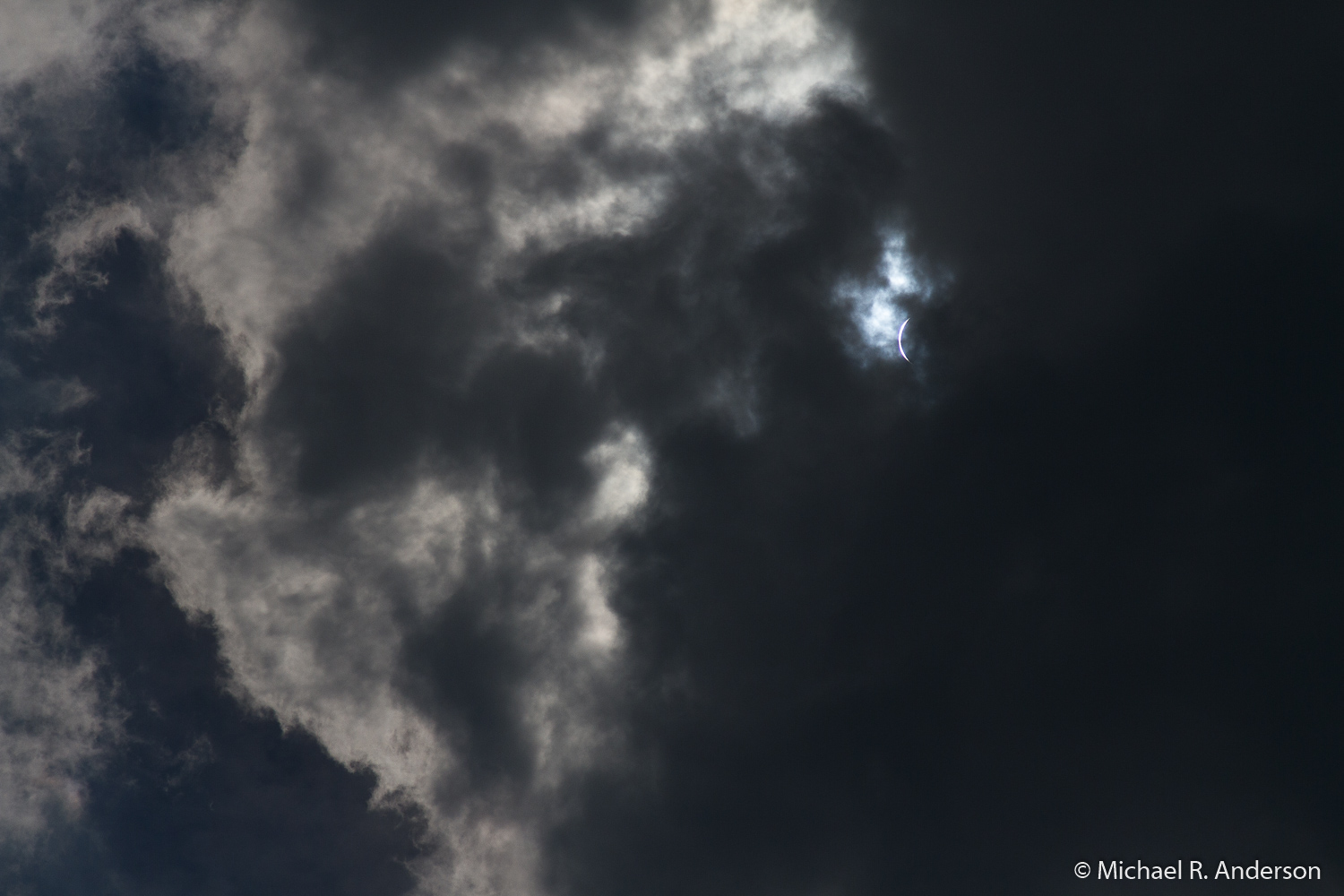
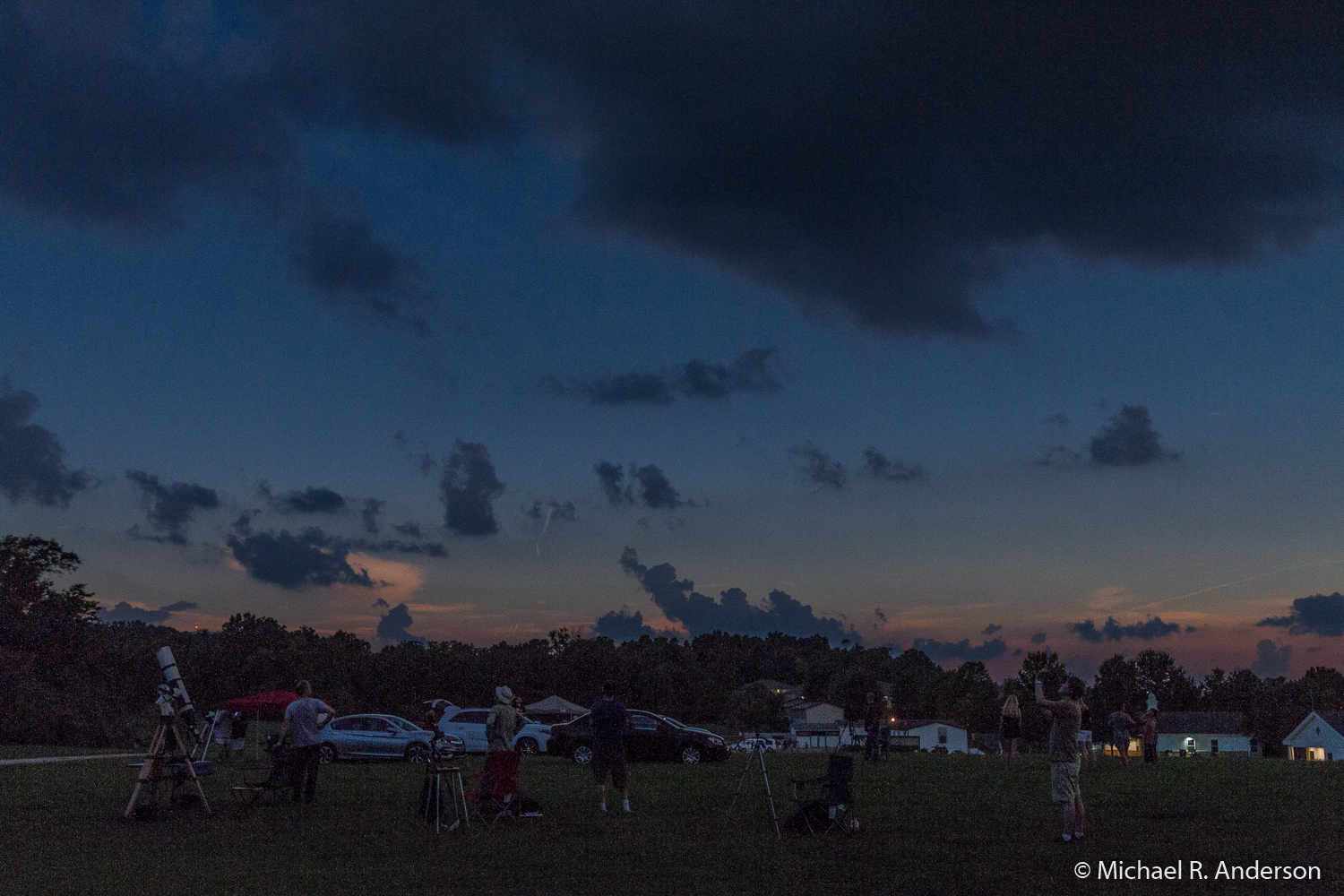
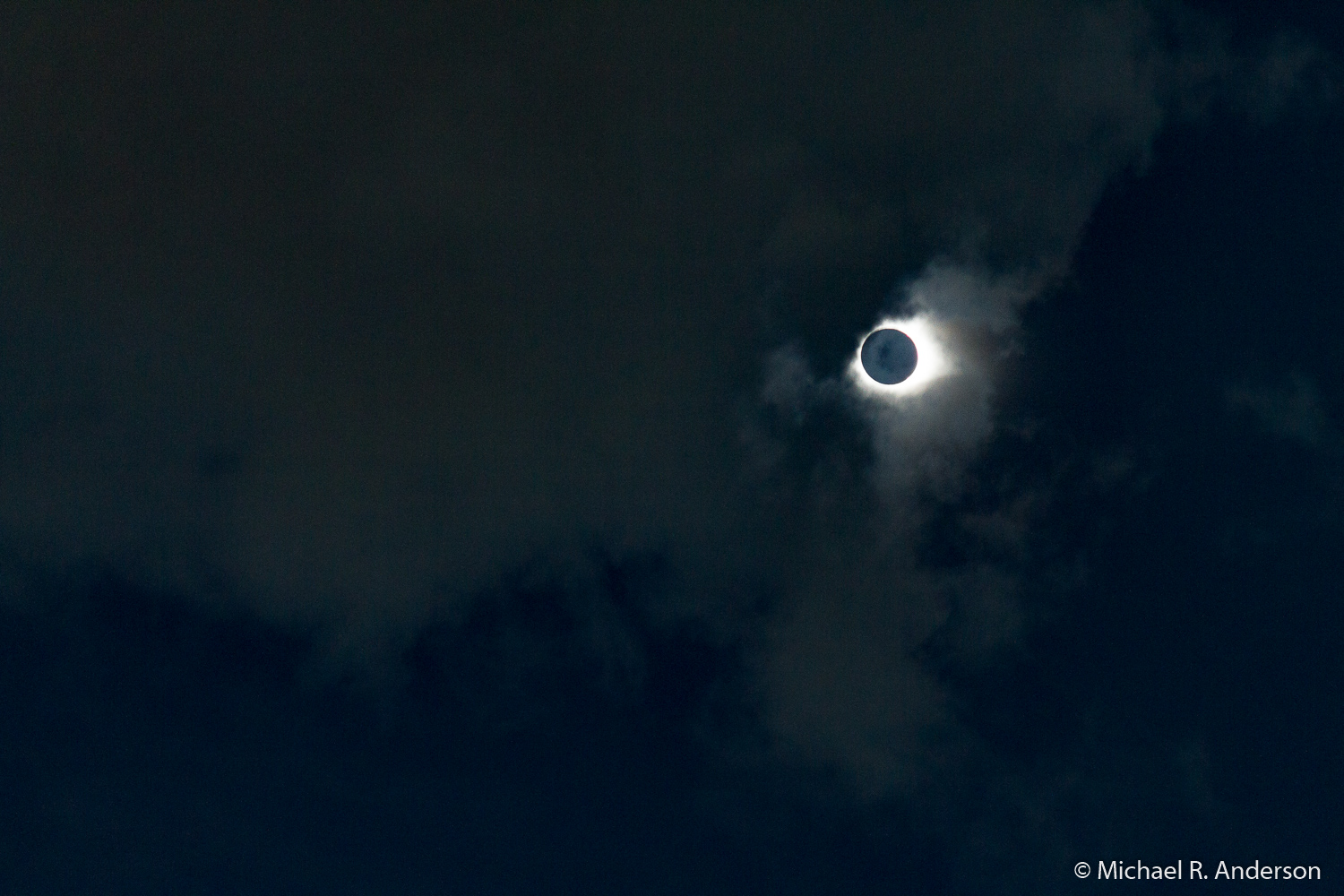
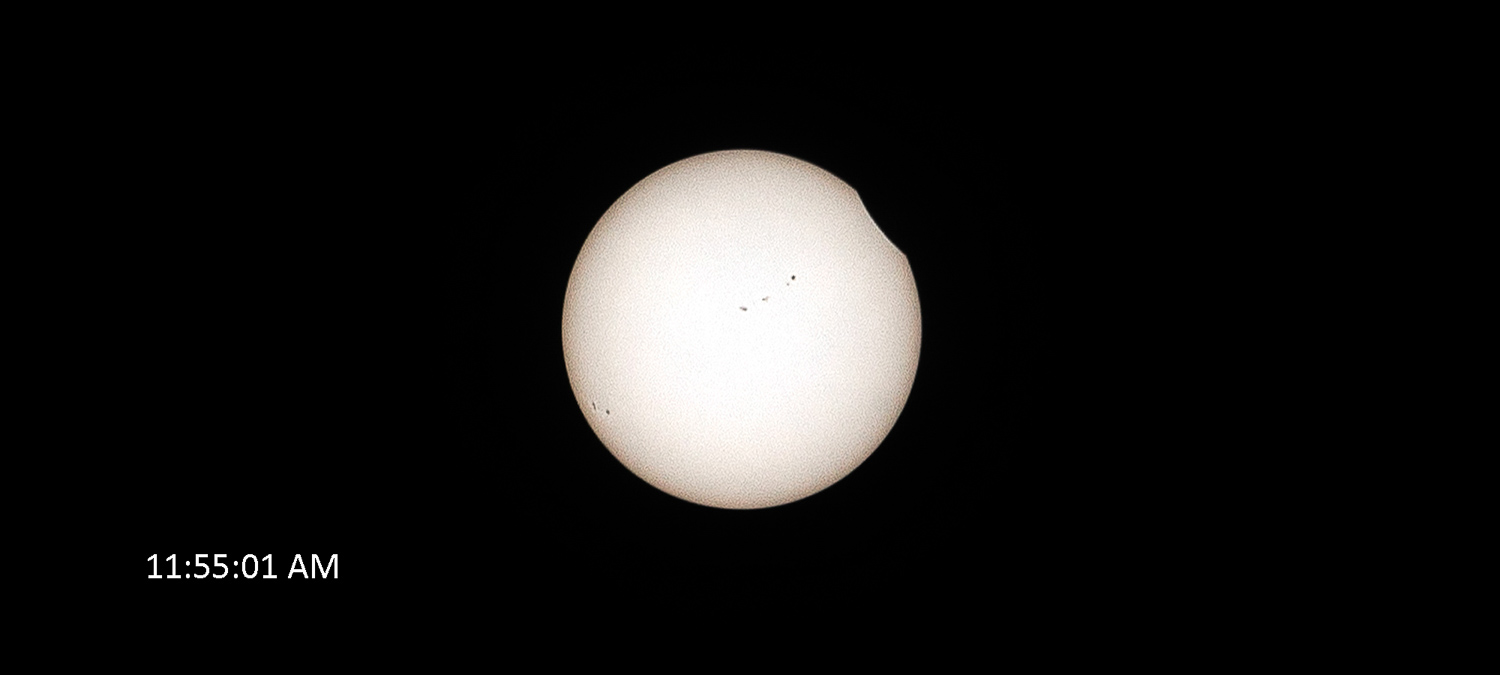
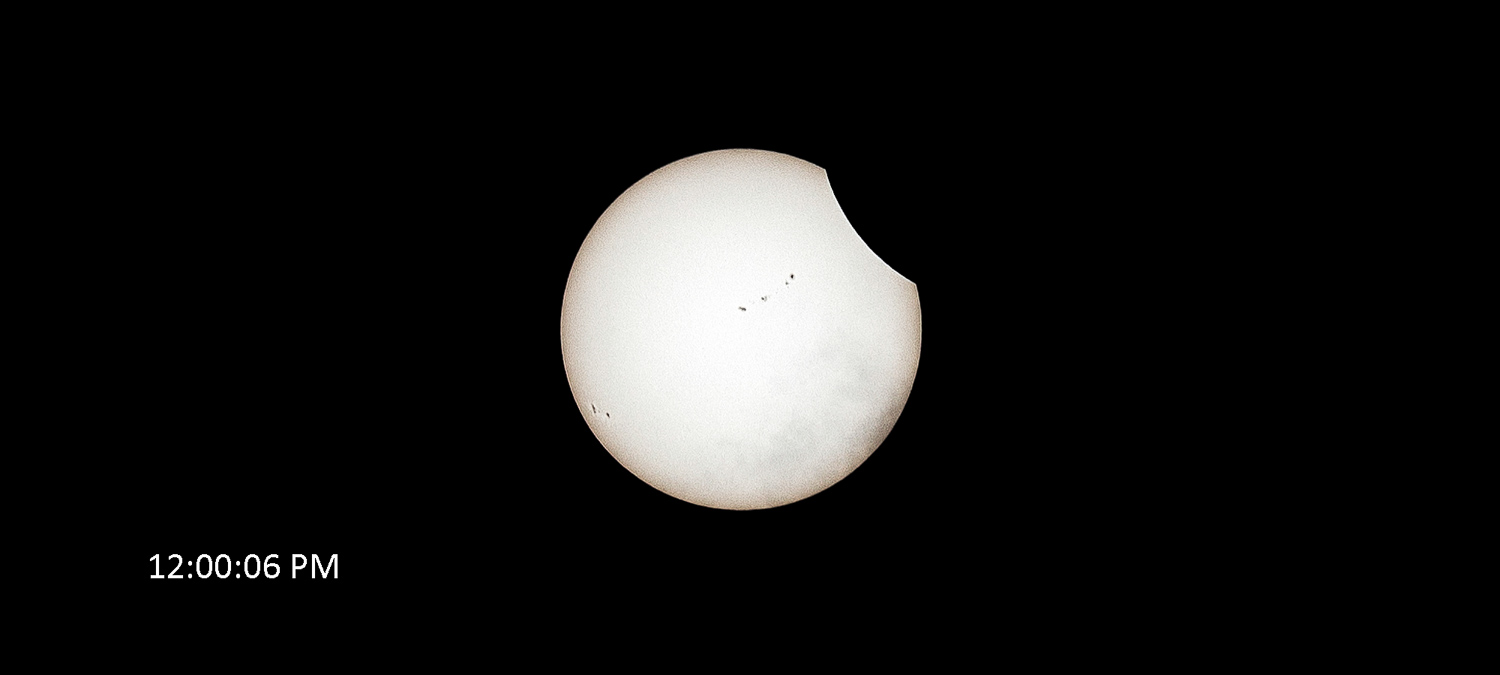
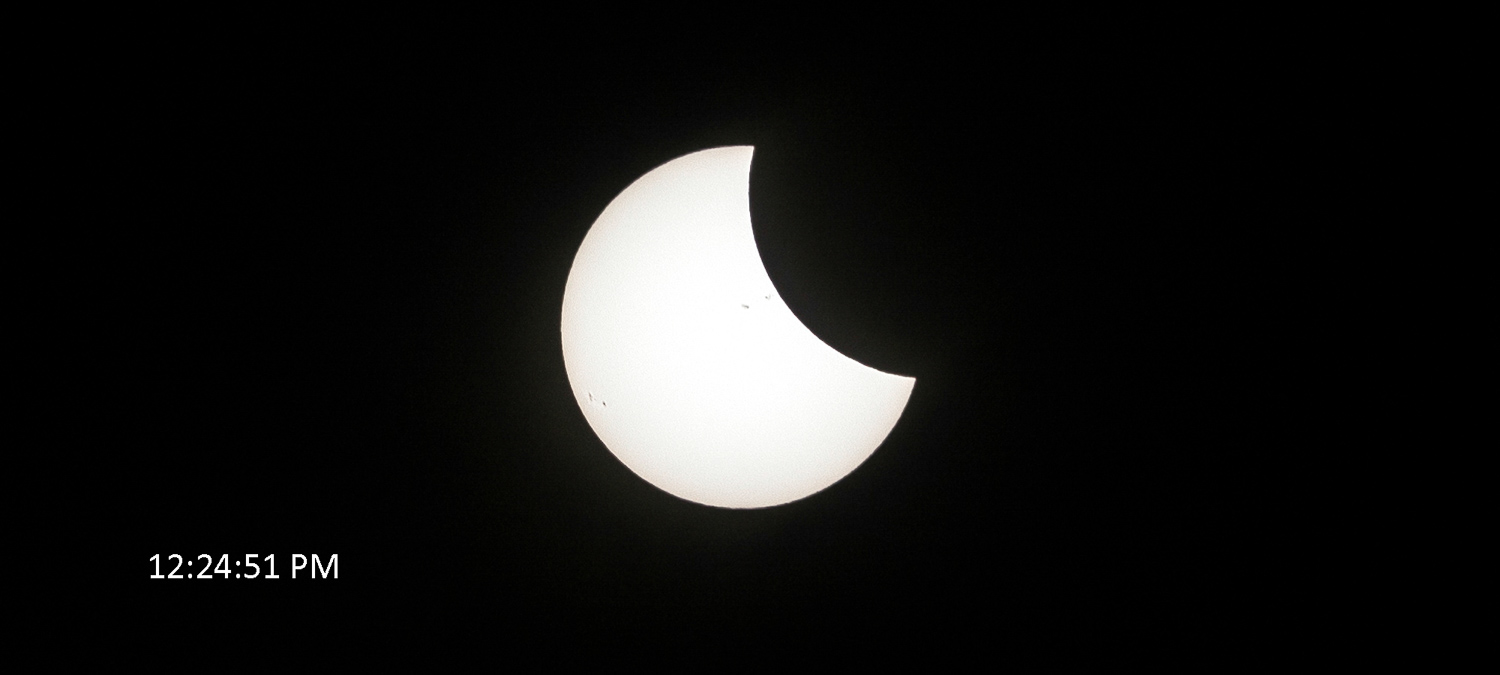
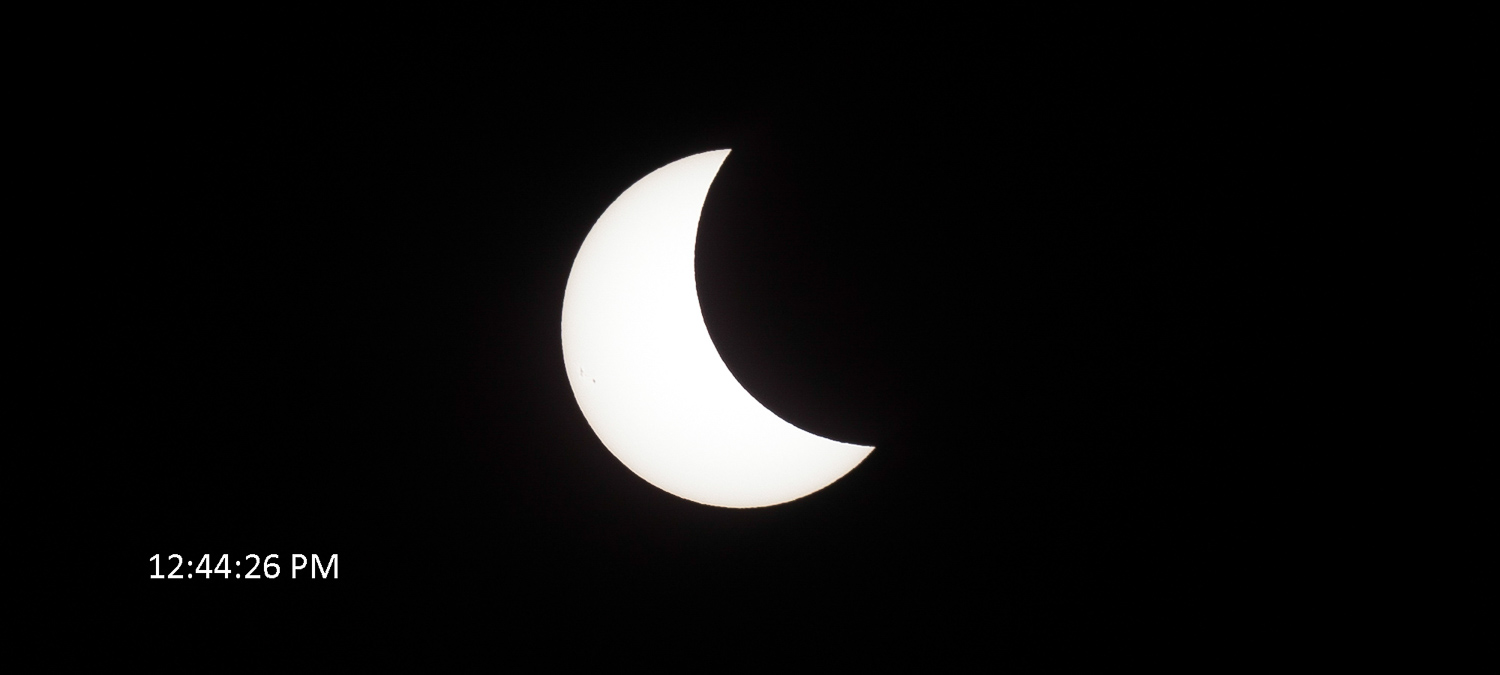
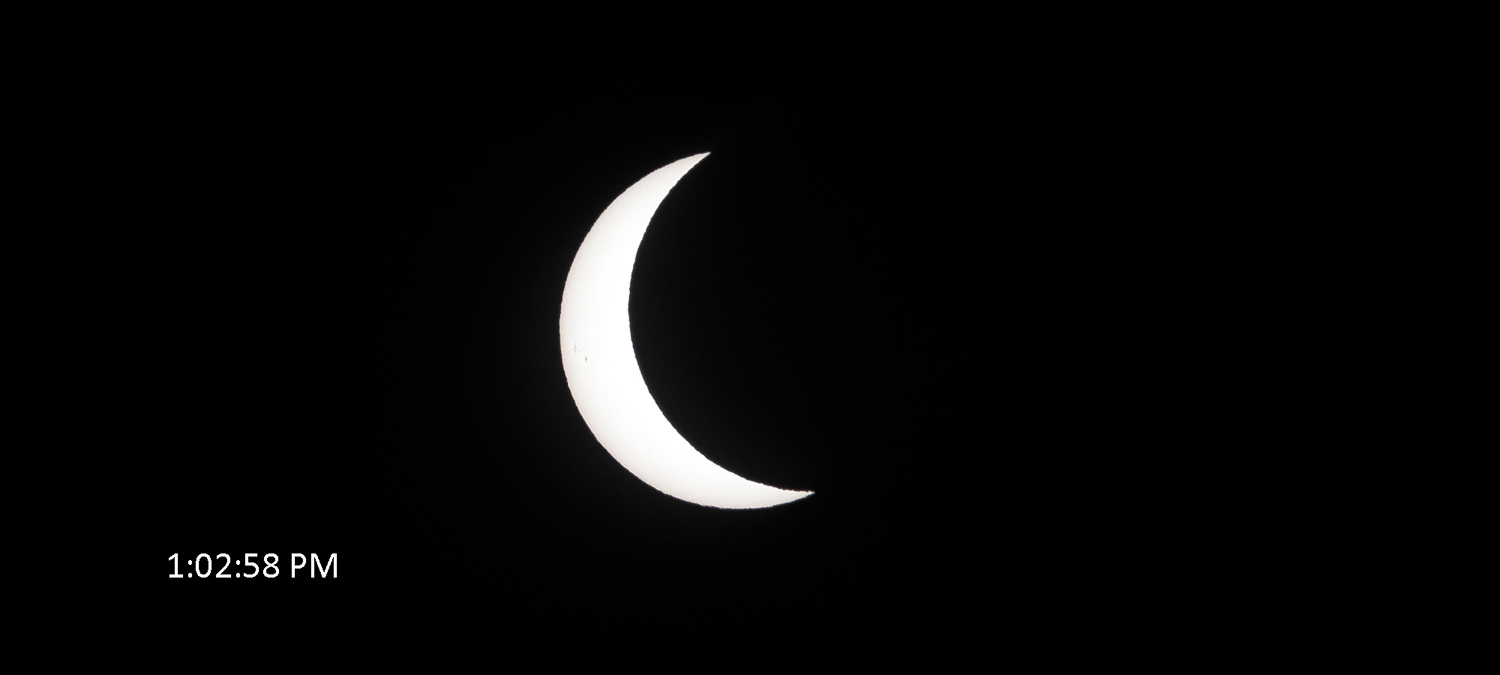
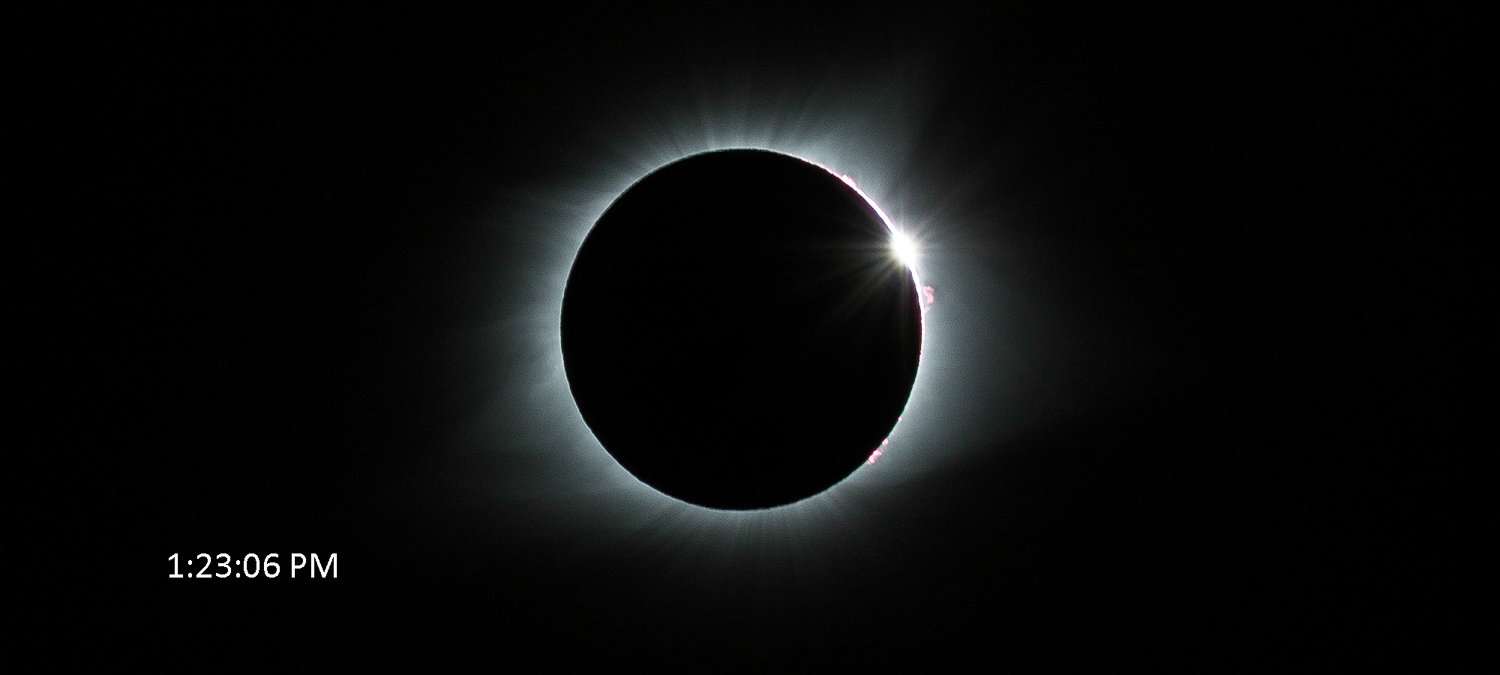
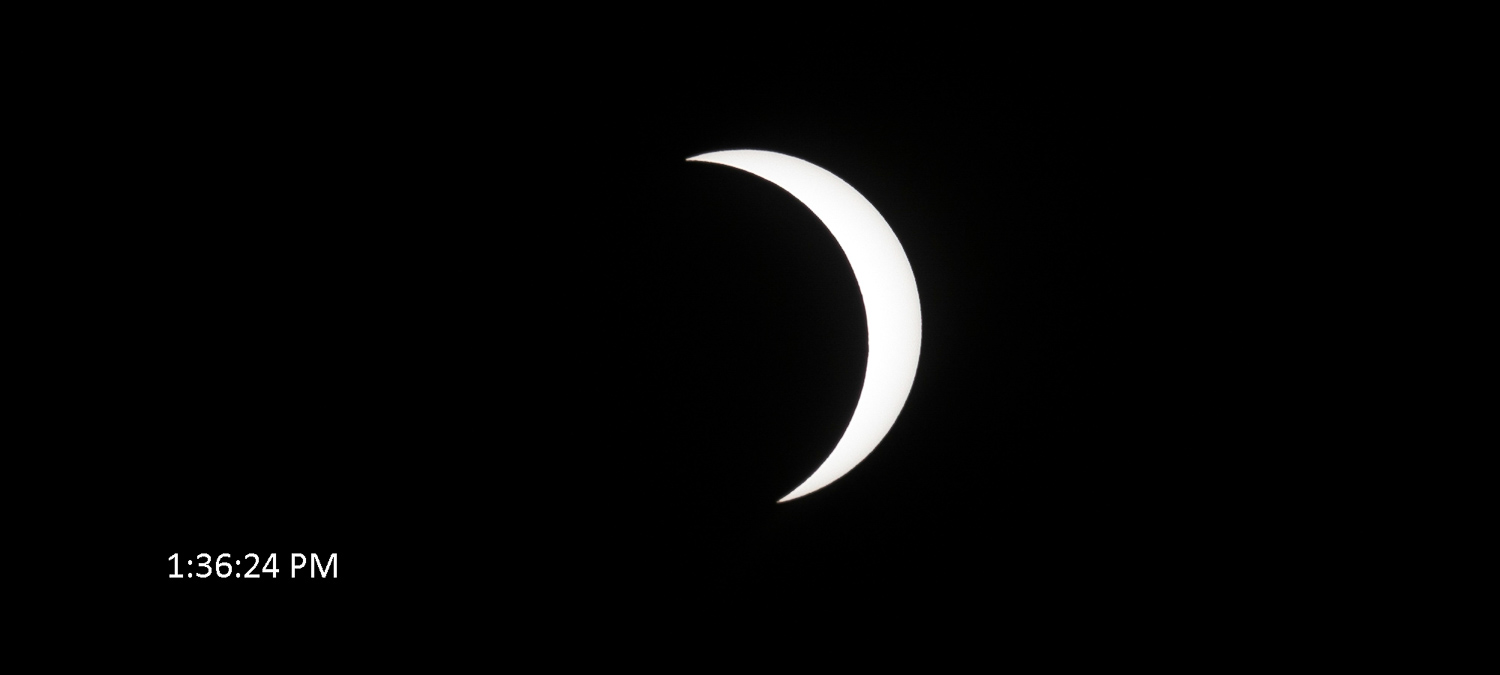
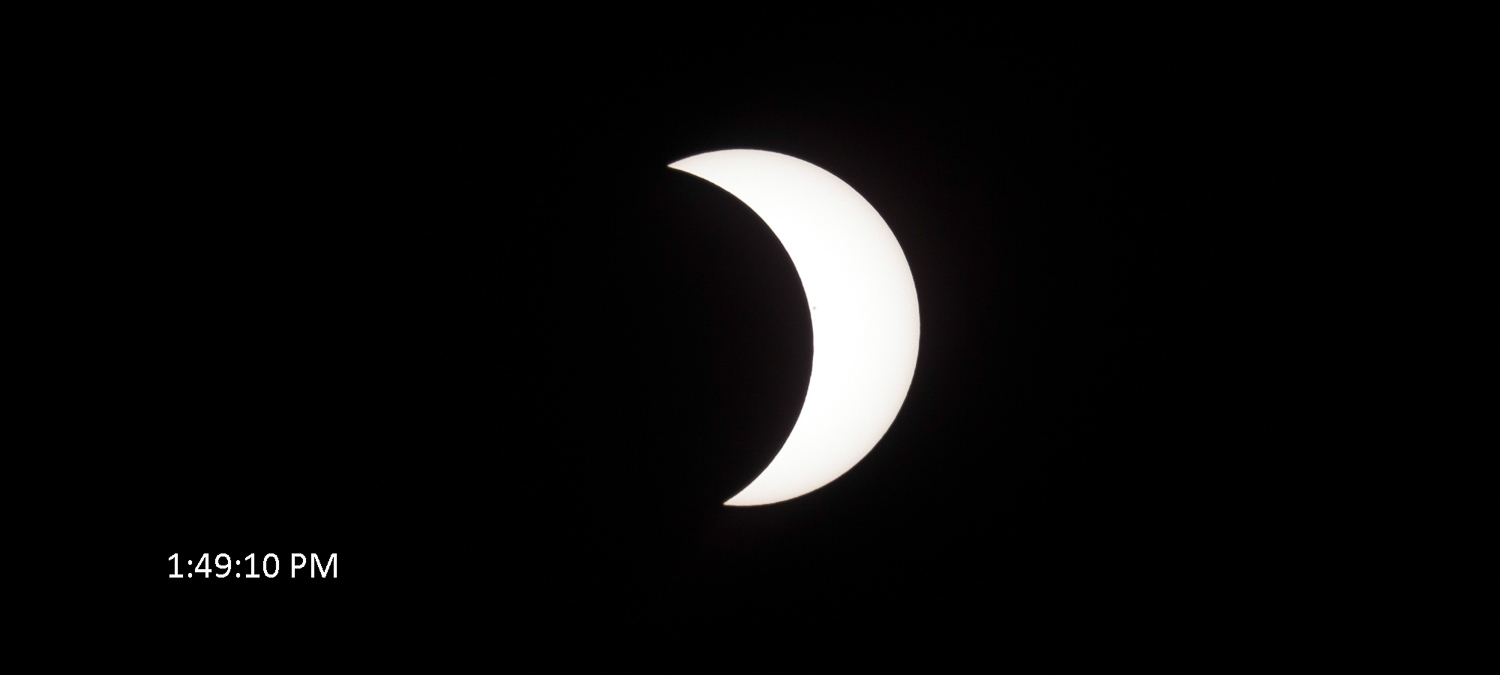
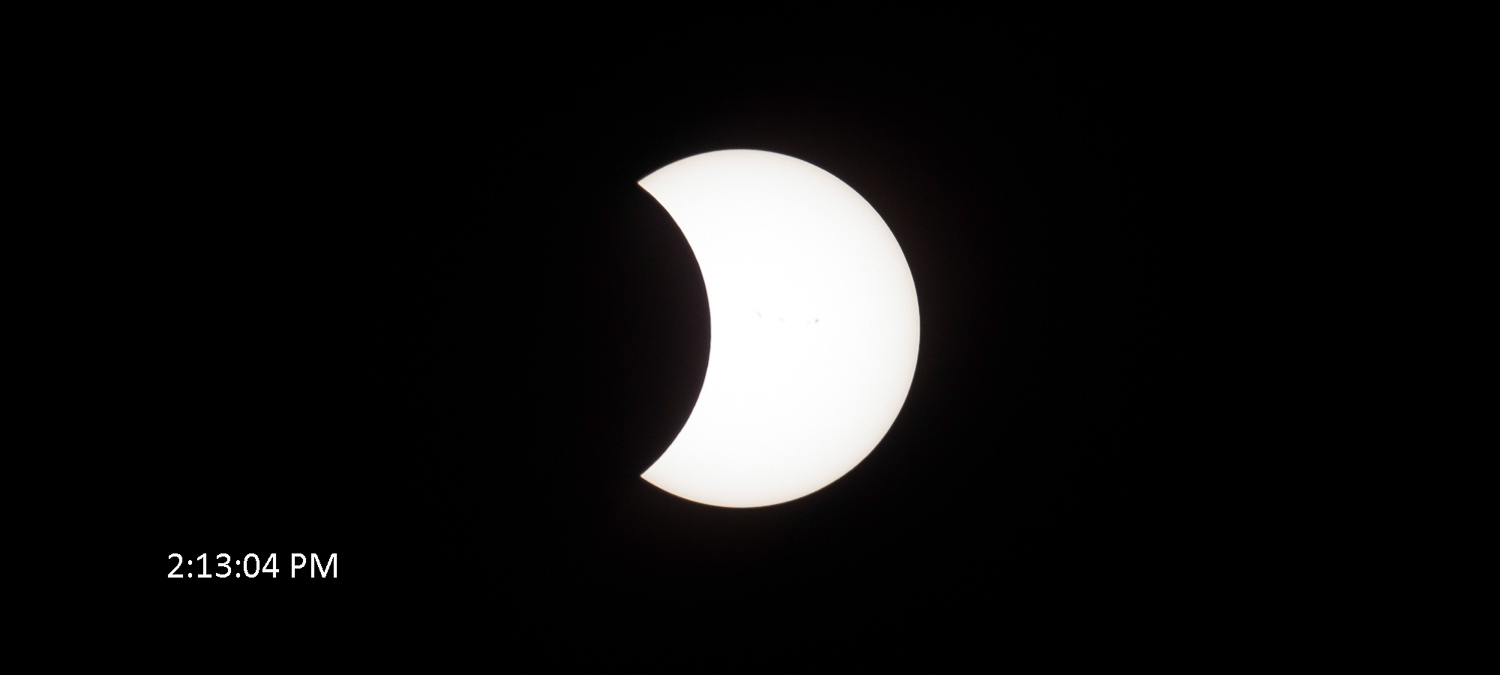
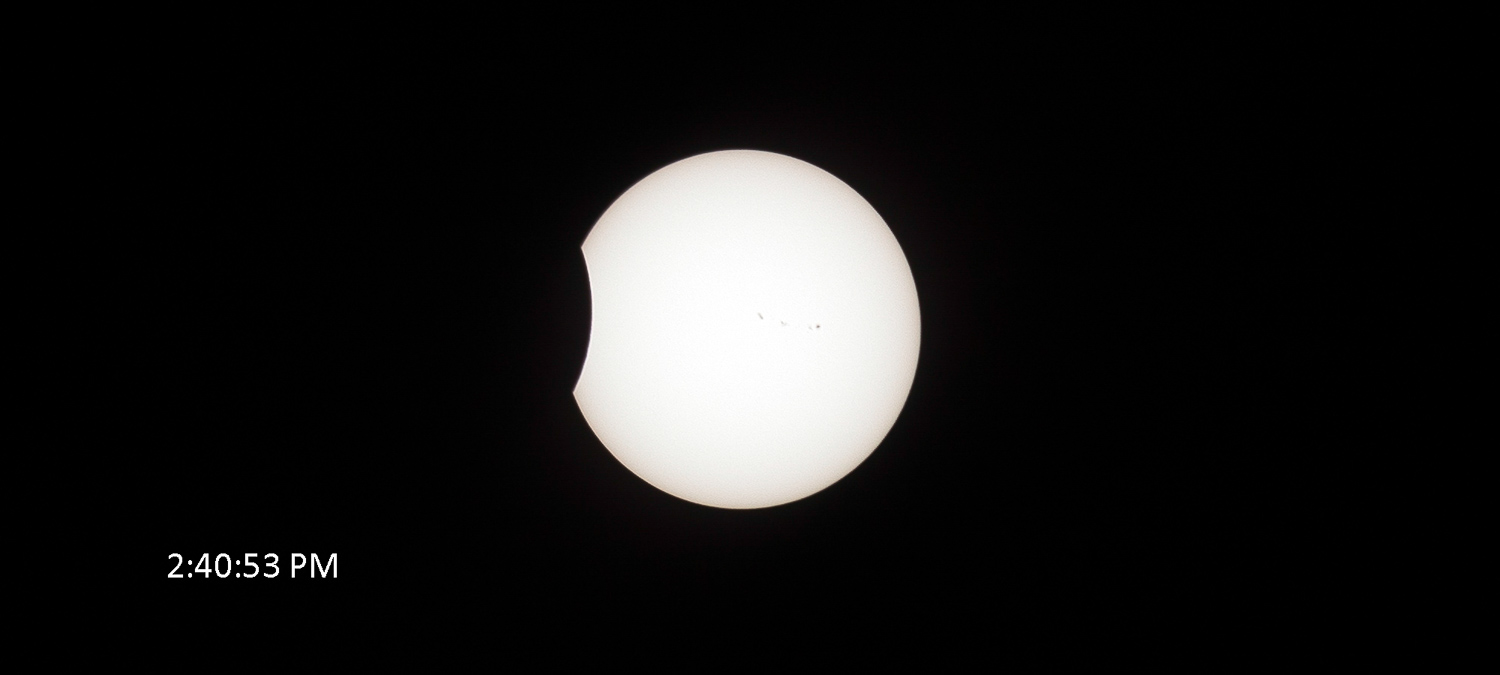
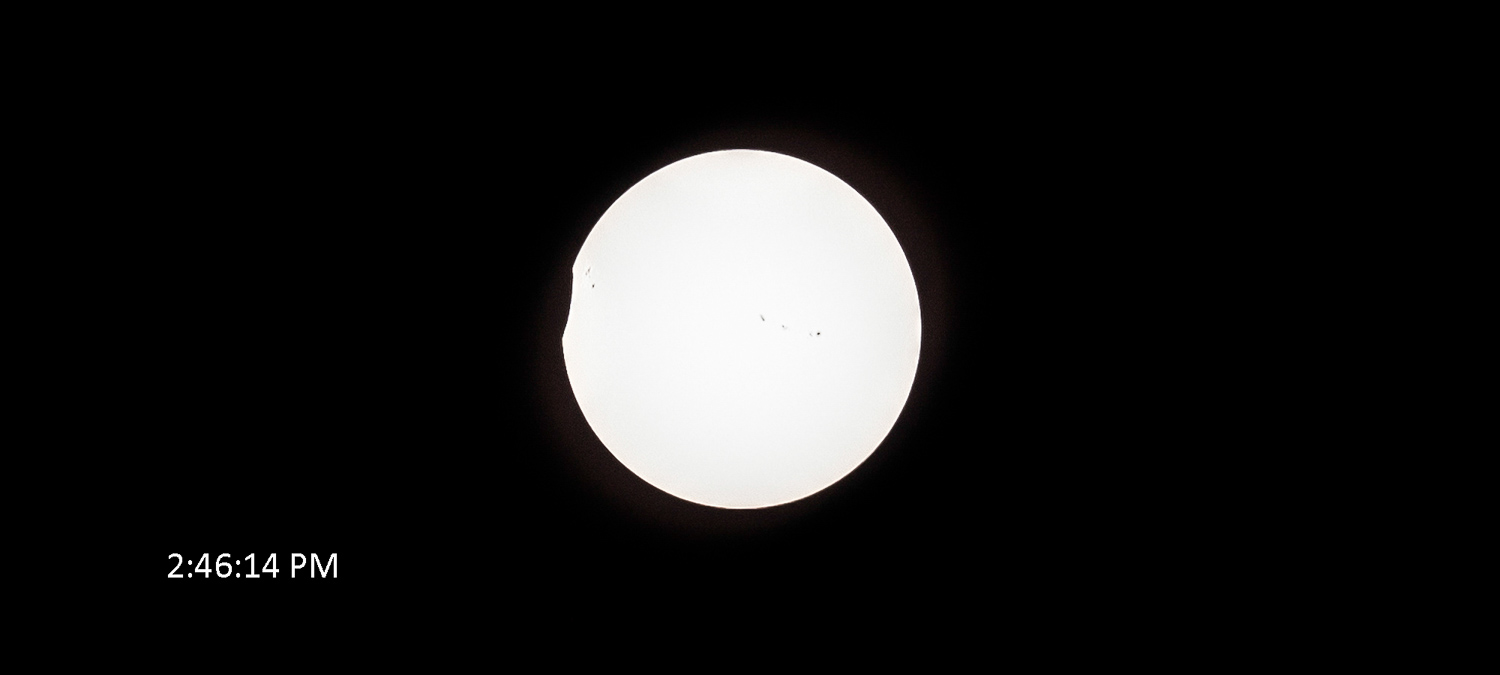

Mark Hetzler
25 Aug 2017Mike,
What a WONDERFUL telling of your eclipse experience. I heard about the drama with the cloud in Carbondale. How exciting that you got to experience that very location for your viewing. Your pictures and story are a joy to read and look at. Thank you for relating your experience. Wow!
mranderson
25 Aug 2017Thanks, Mark! I appreciate your nice comments. These are the kinds of photographs I take when I’m not focusing on musicians.
Roger Pierson
29 Aug 2017Mike, you are an eclipse-archangel to me! My experience in Madtown that day was 3rd rate @ best. No one could have validated that magical time in “Saluki-ville” better or more personably. Your grassy knoll photos & commentary are gold. The apology you captured looks like a Mona Lisa-esque smile on a radiant reptile’s face to me. Kudos!
mranderson
29 Aug 2017Thanks, Roger. We really had a great time, despite the cloud scare. It will be happening over Carbondale again on April 8, 2024, so at least you won’t have to wait 99 years!
Kurt Westbrook
30 Aug 2017Mike–Really nice photos and blog. You got The pic, the corona, Bailey’s Beads And the Diamond Ring–A Bango!
mranderson
31 Aug 2017If the clouds had stayed around for another 15 seconds or so I would have missed this wonderful moment. Sometimes you need a little luck.